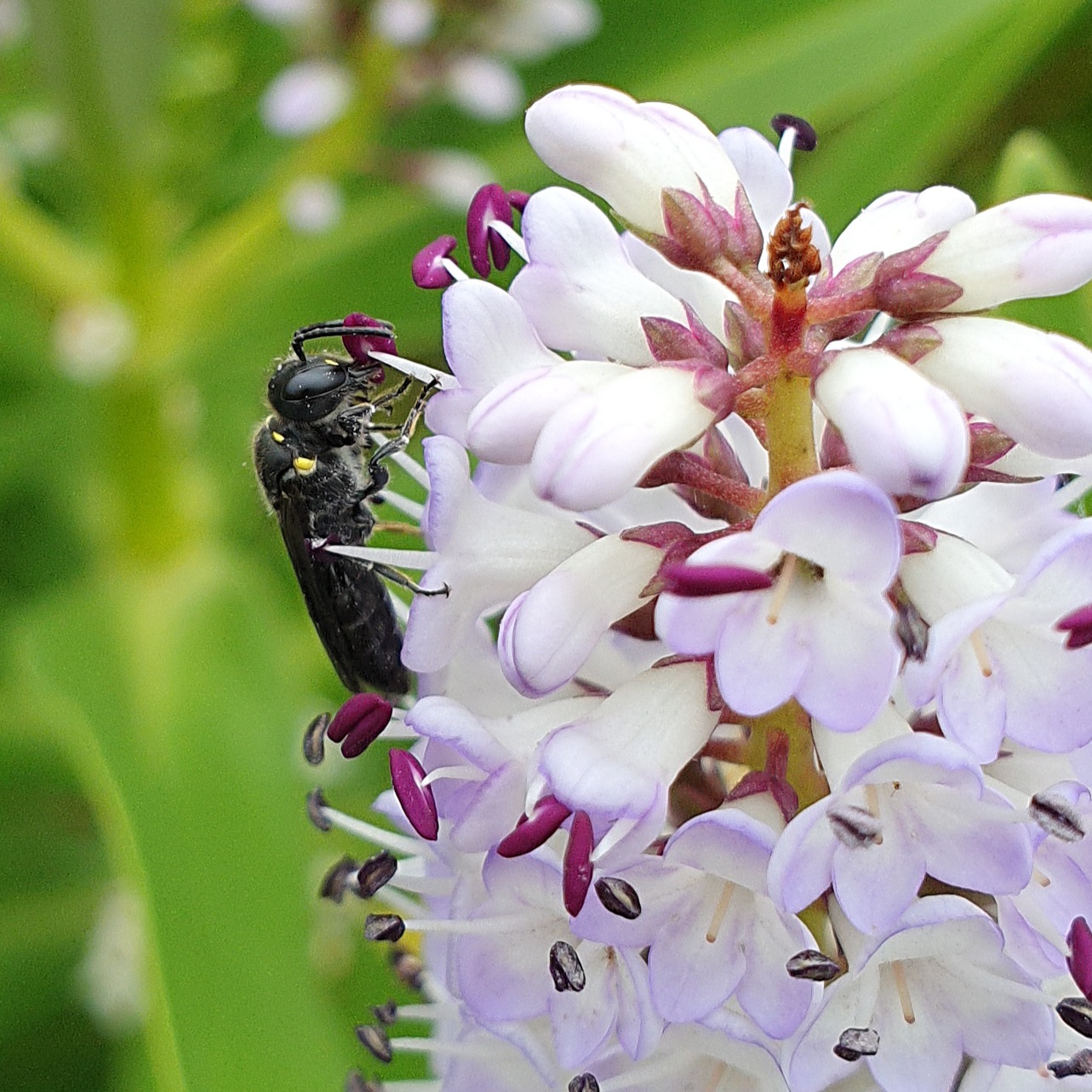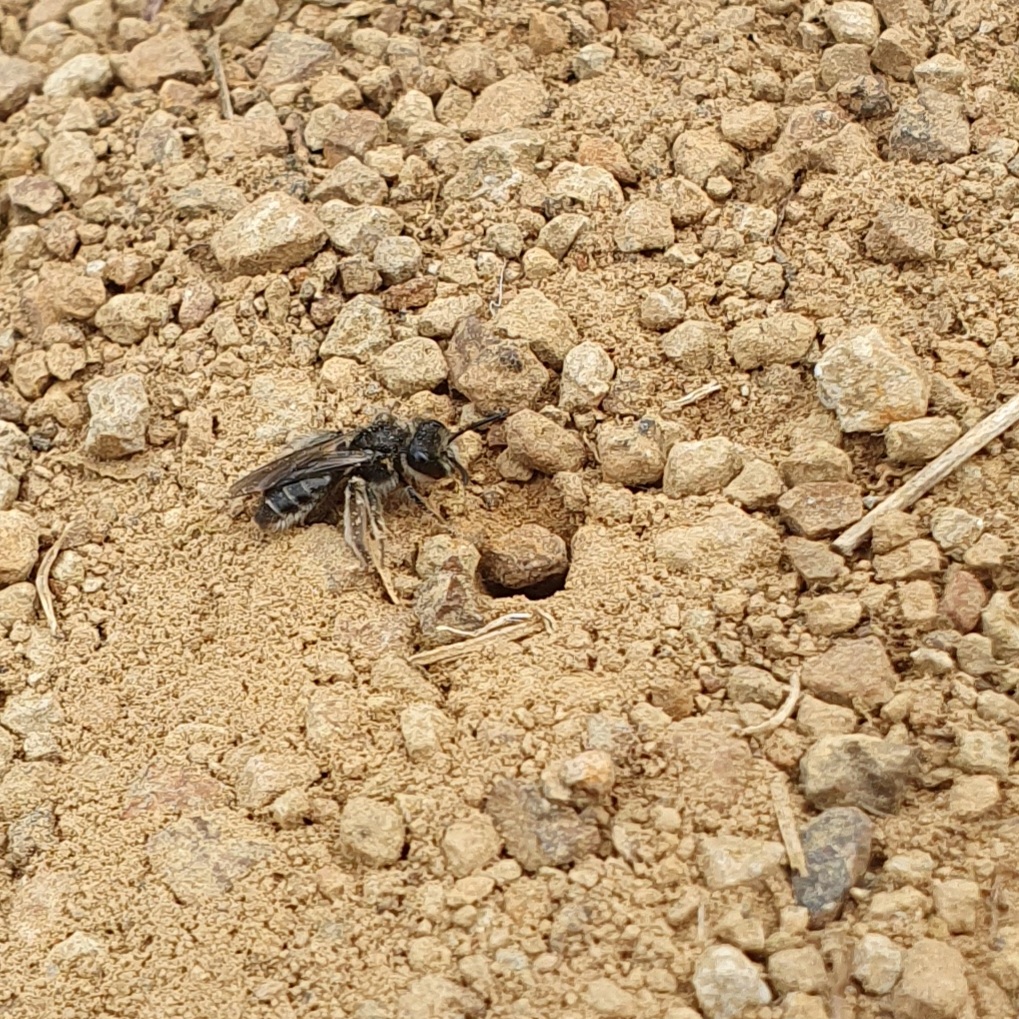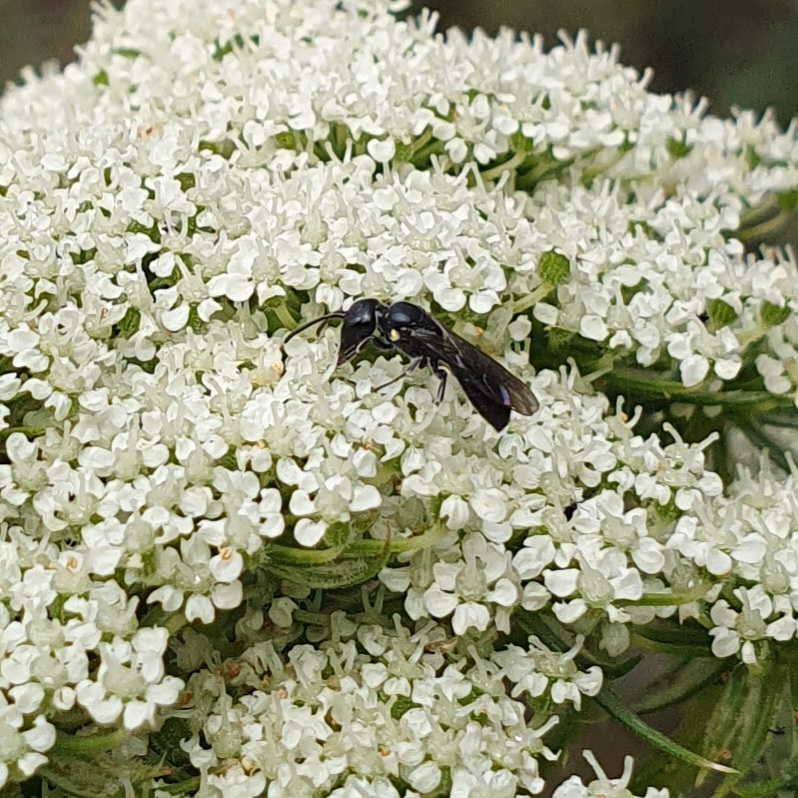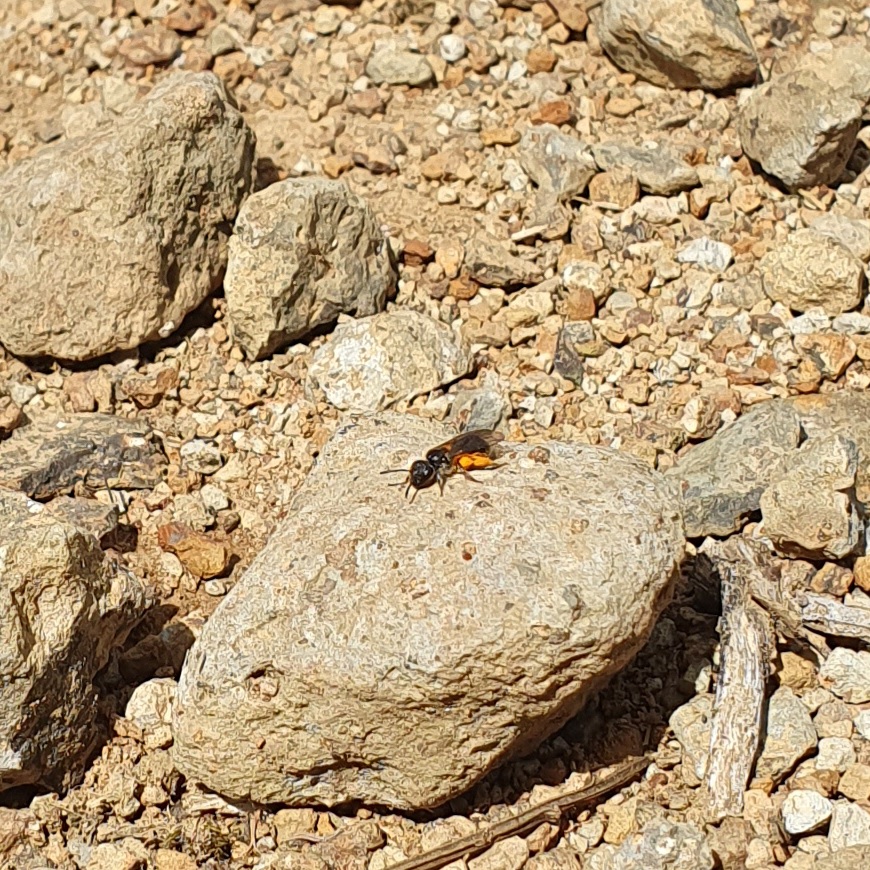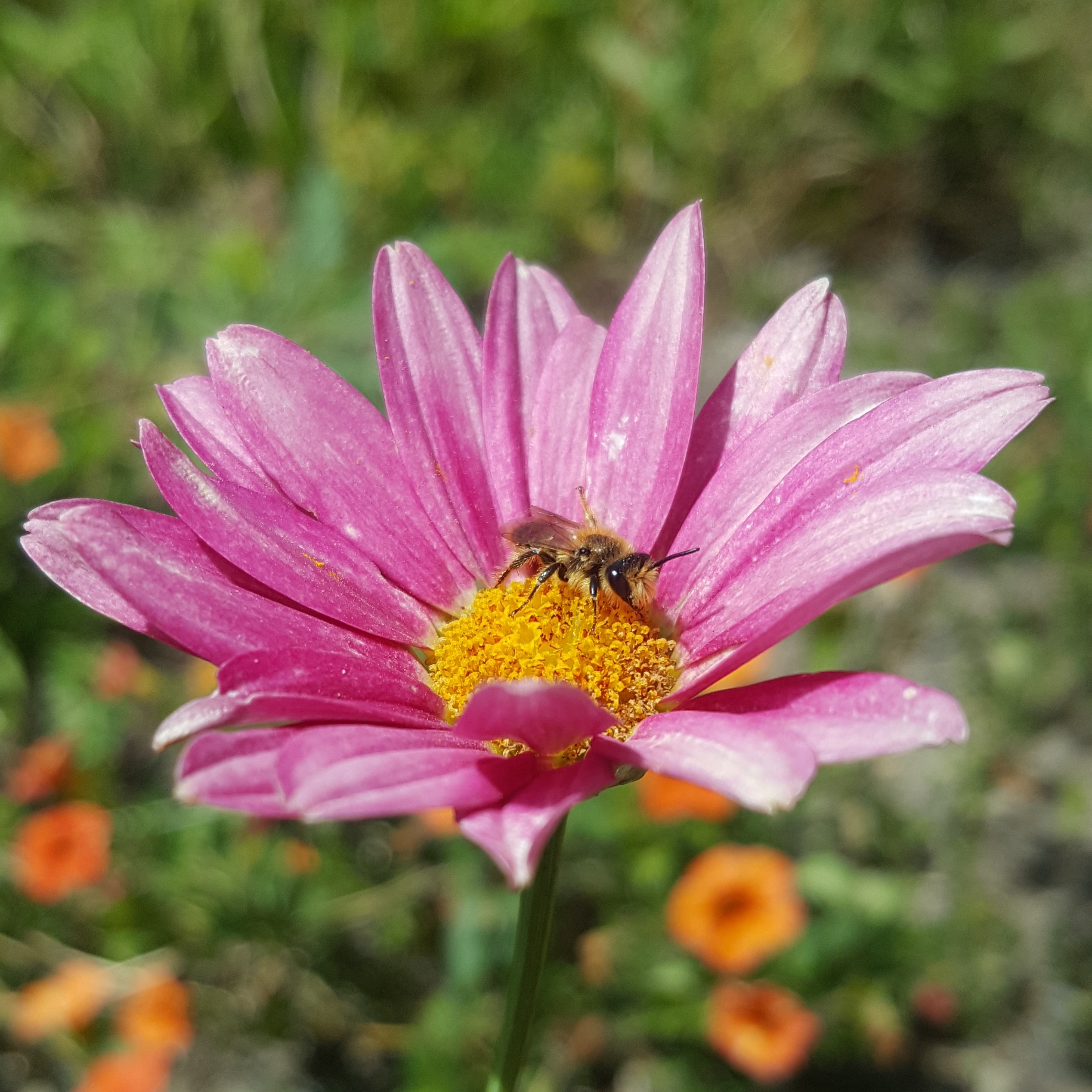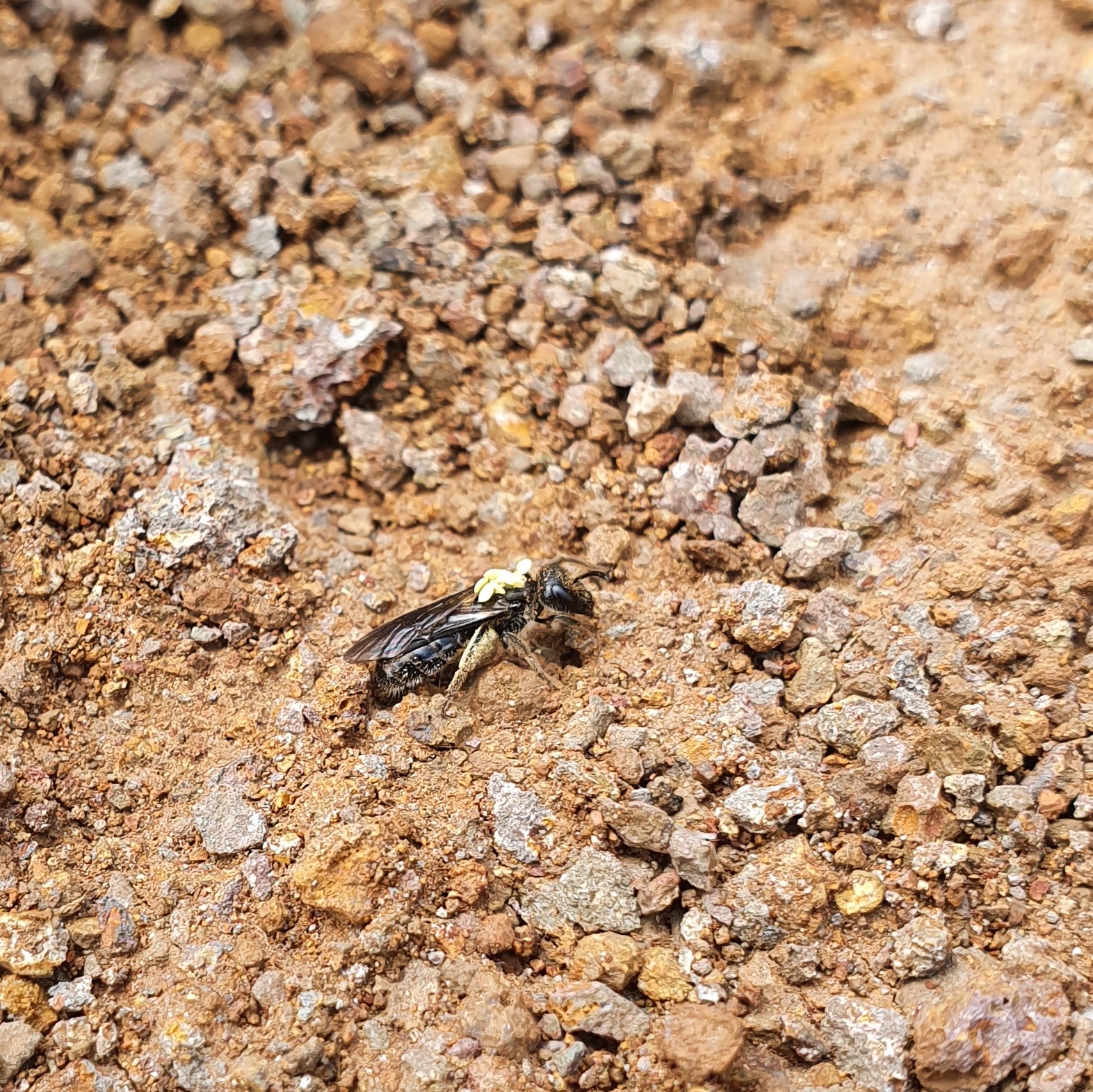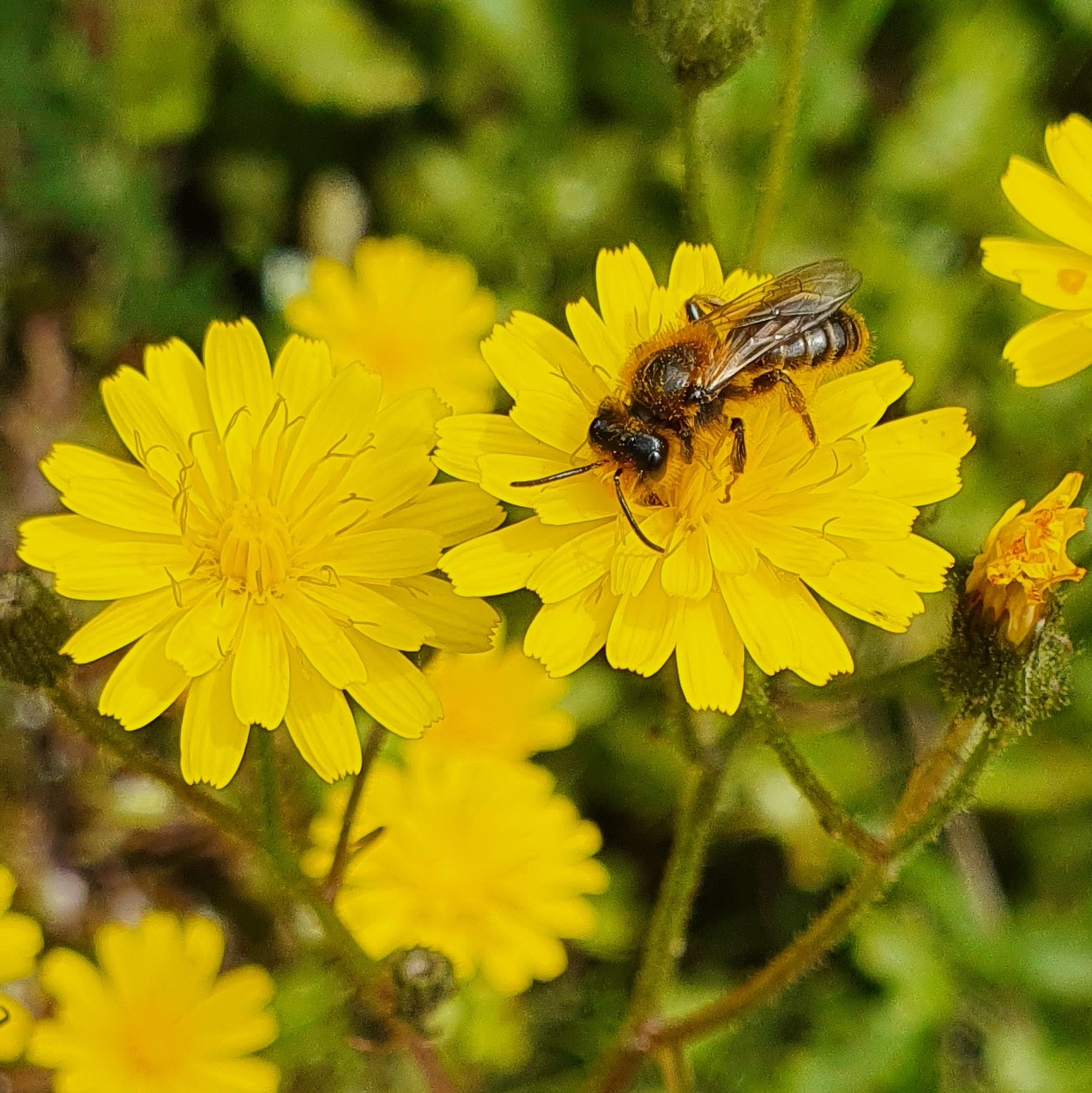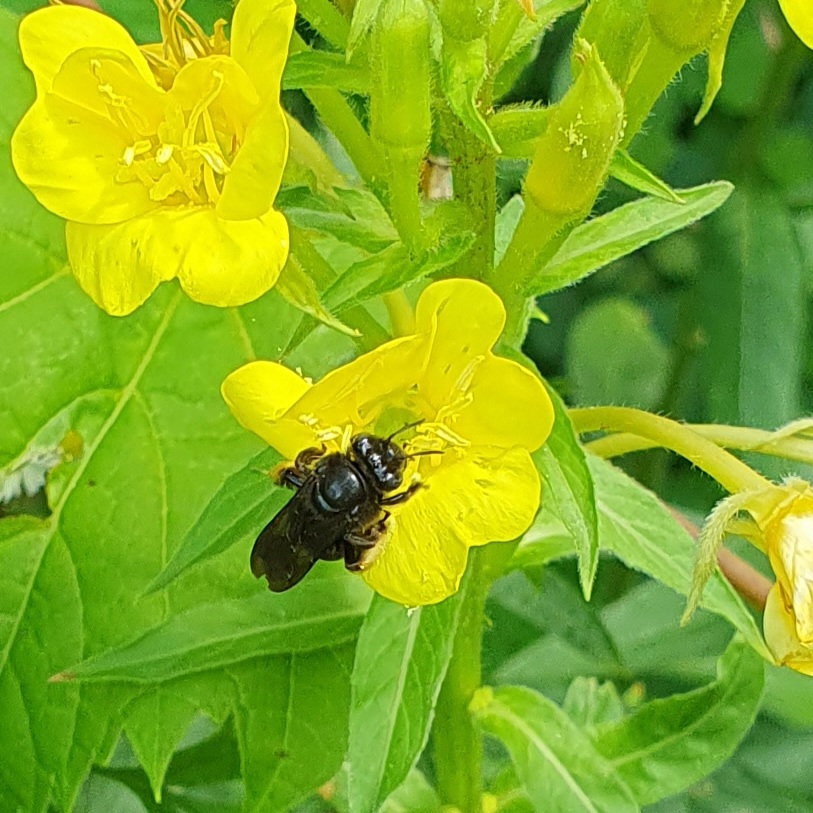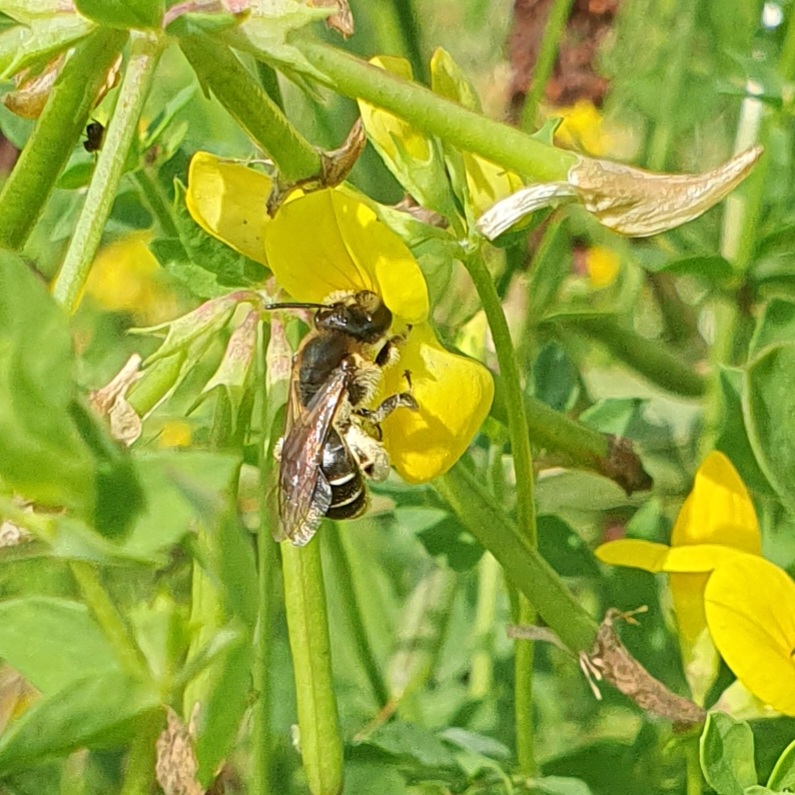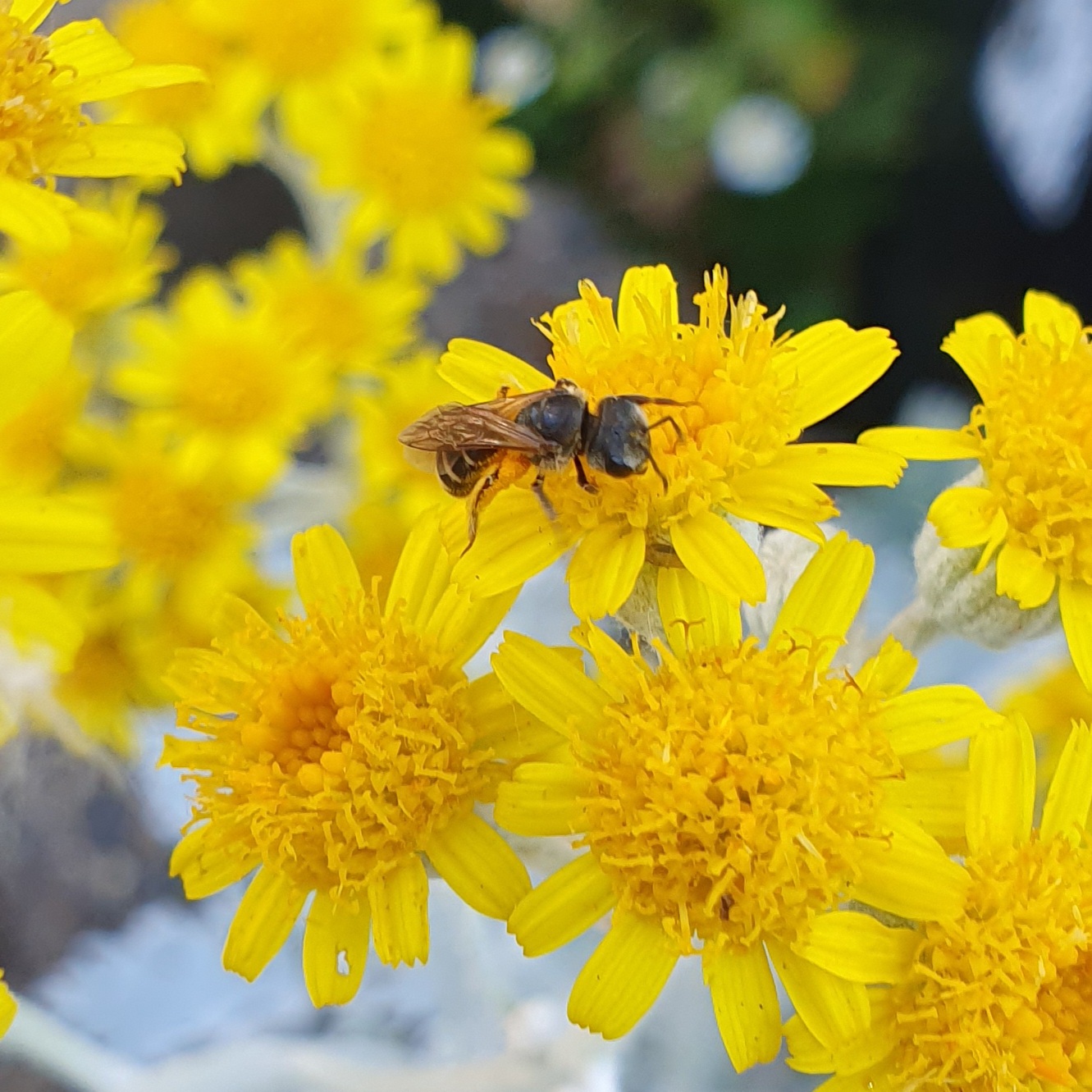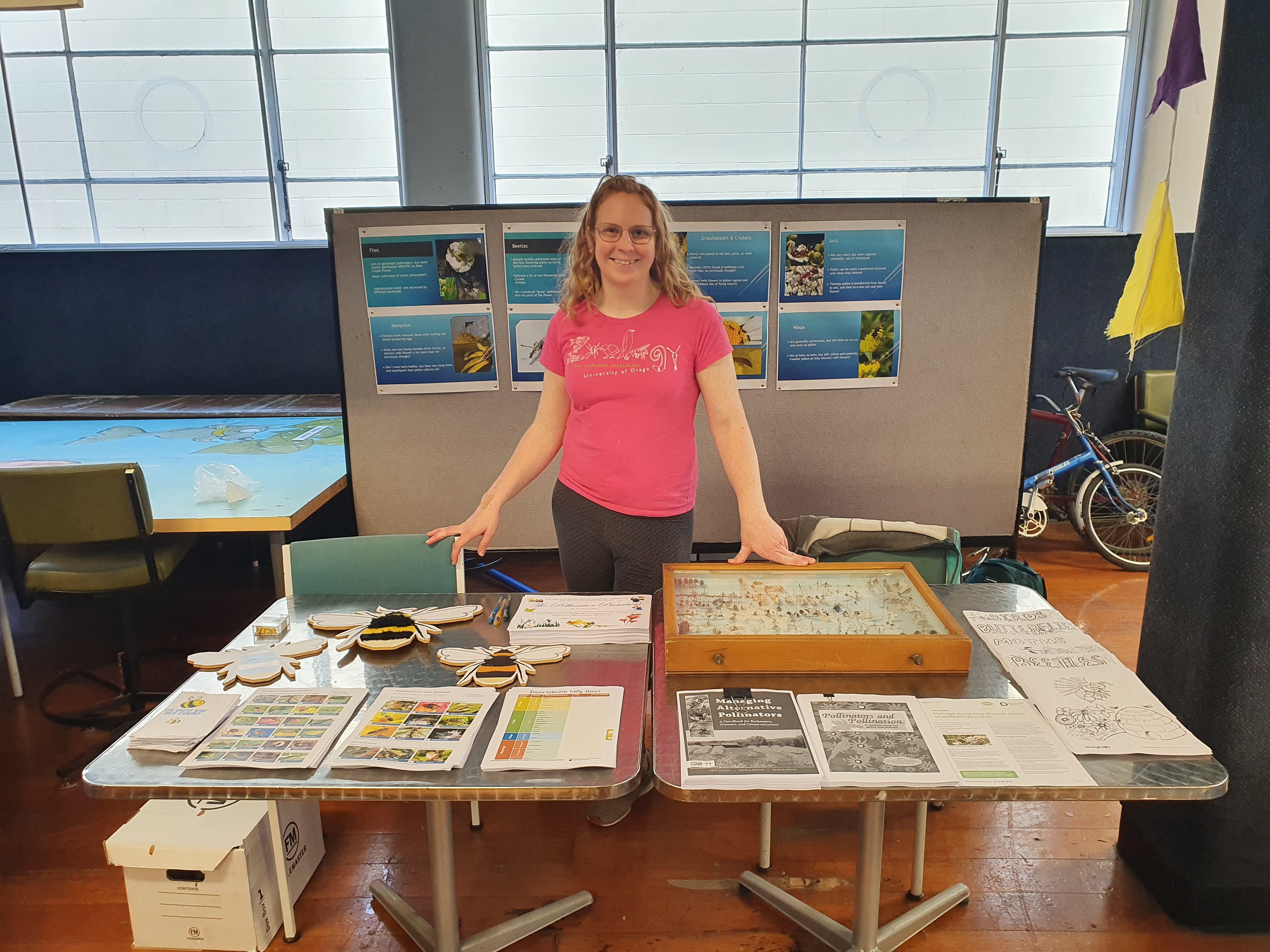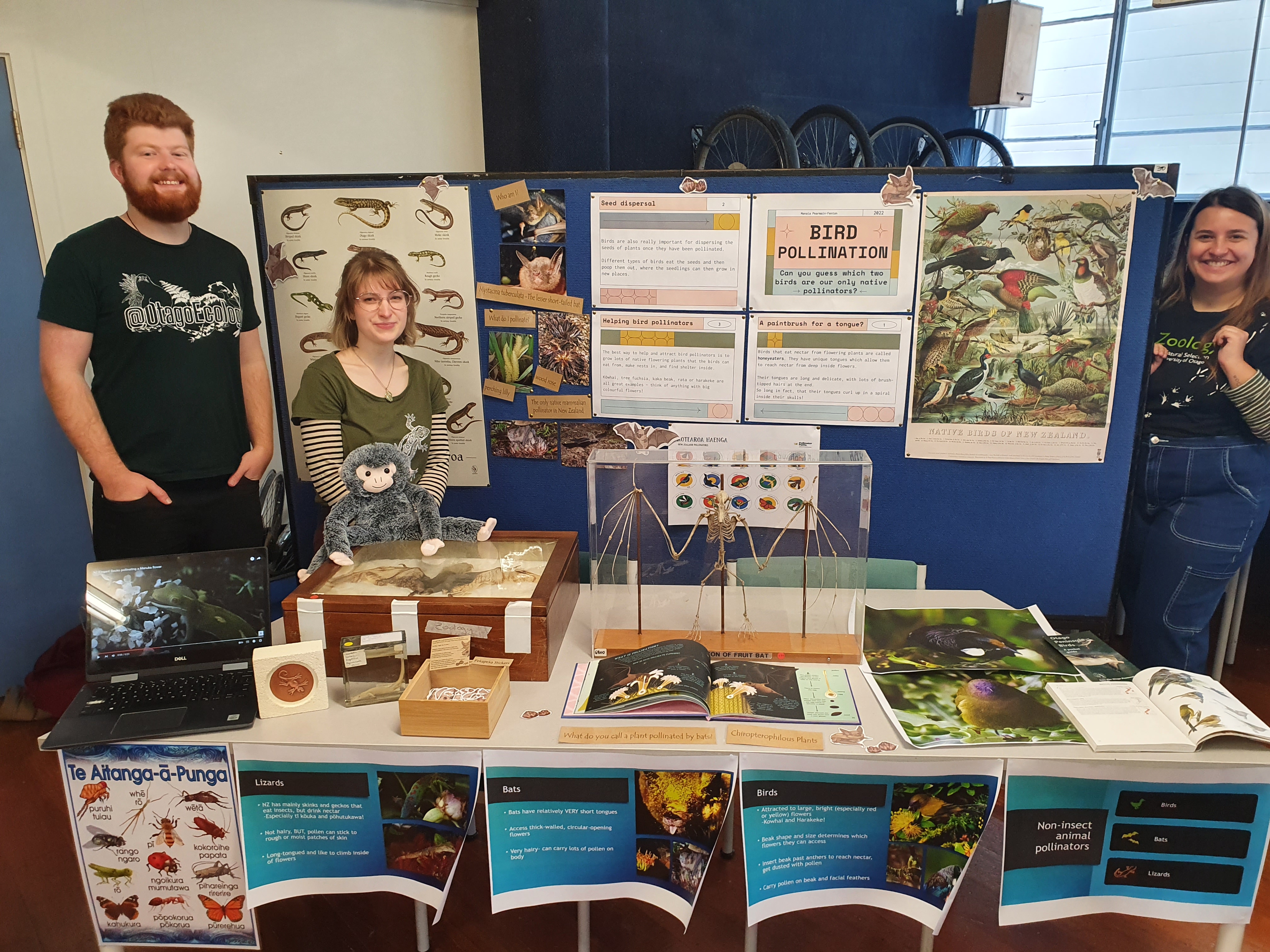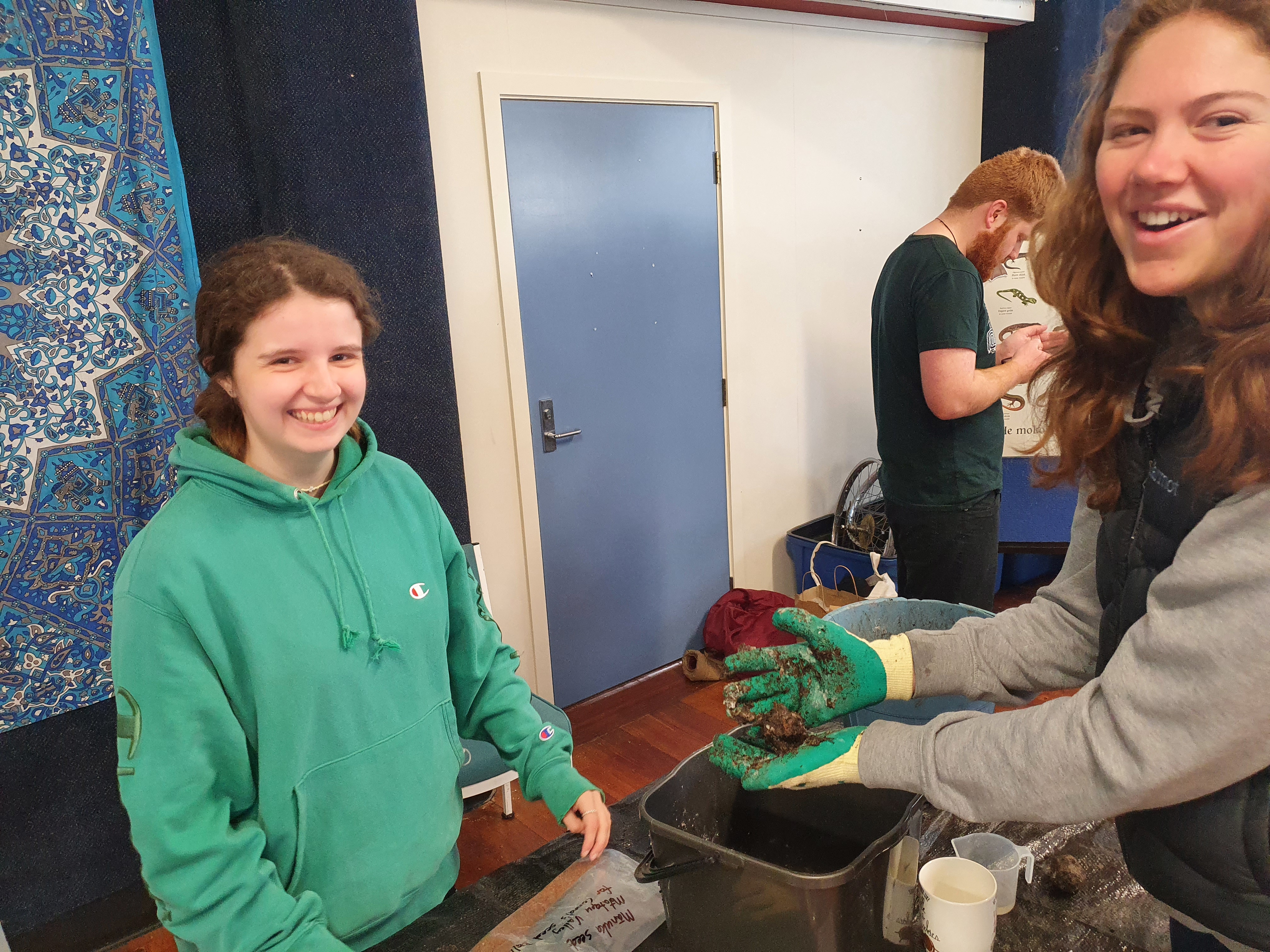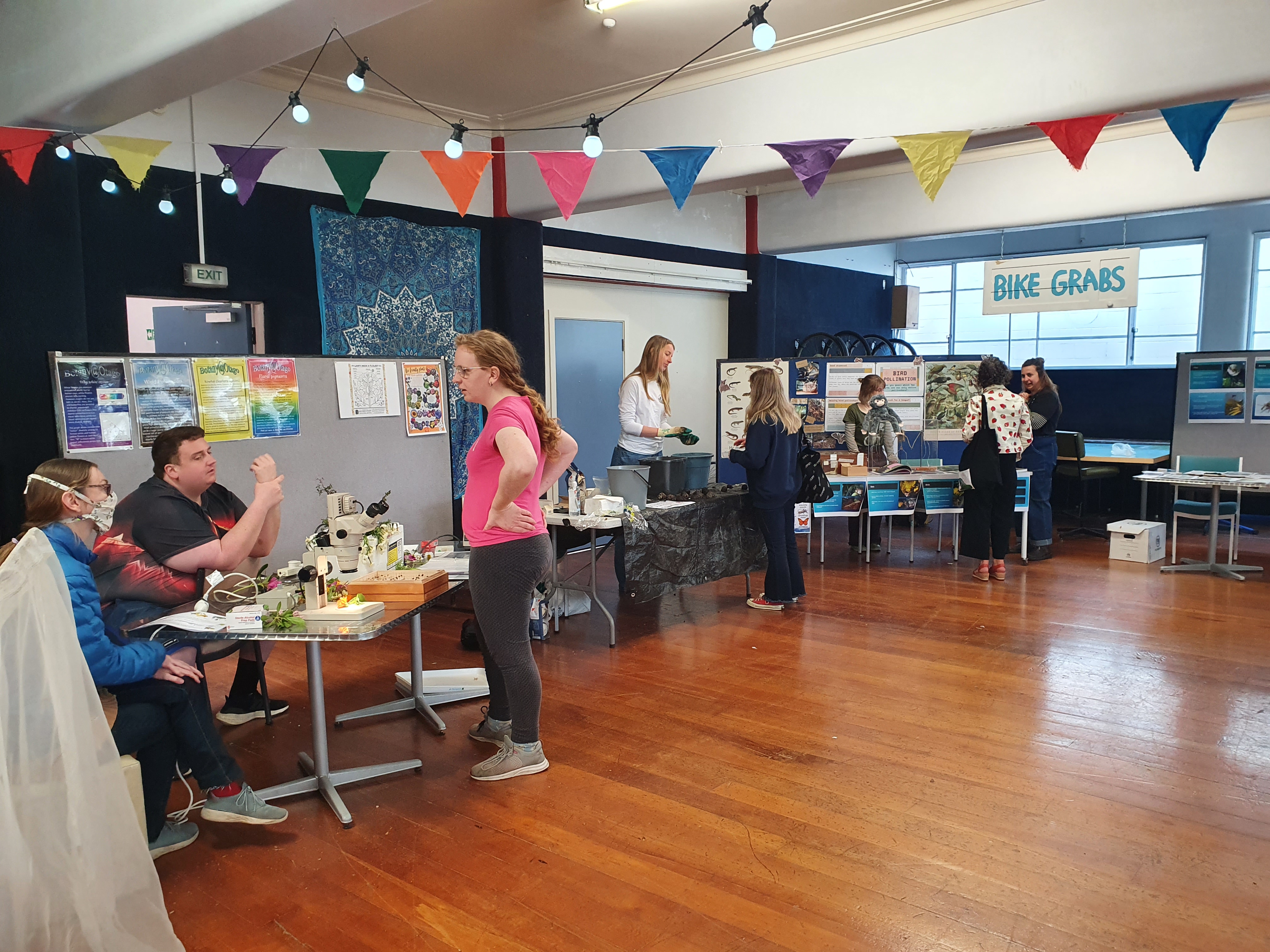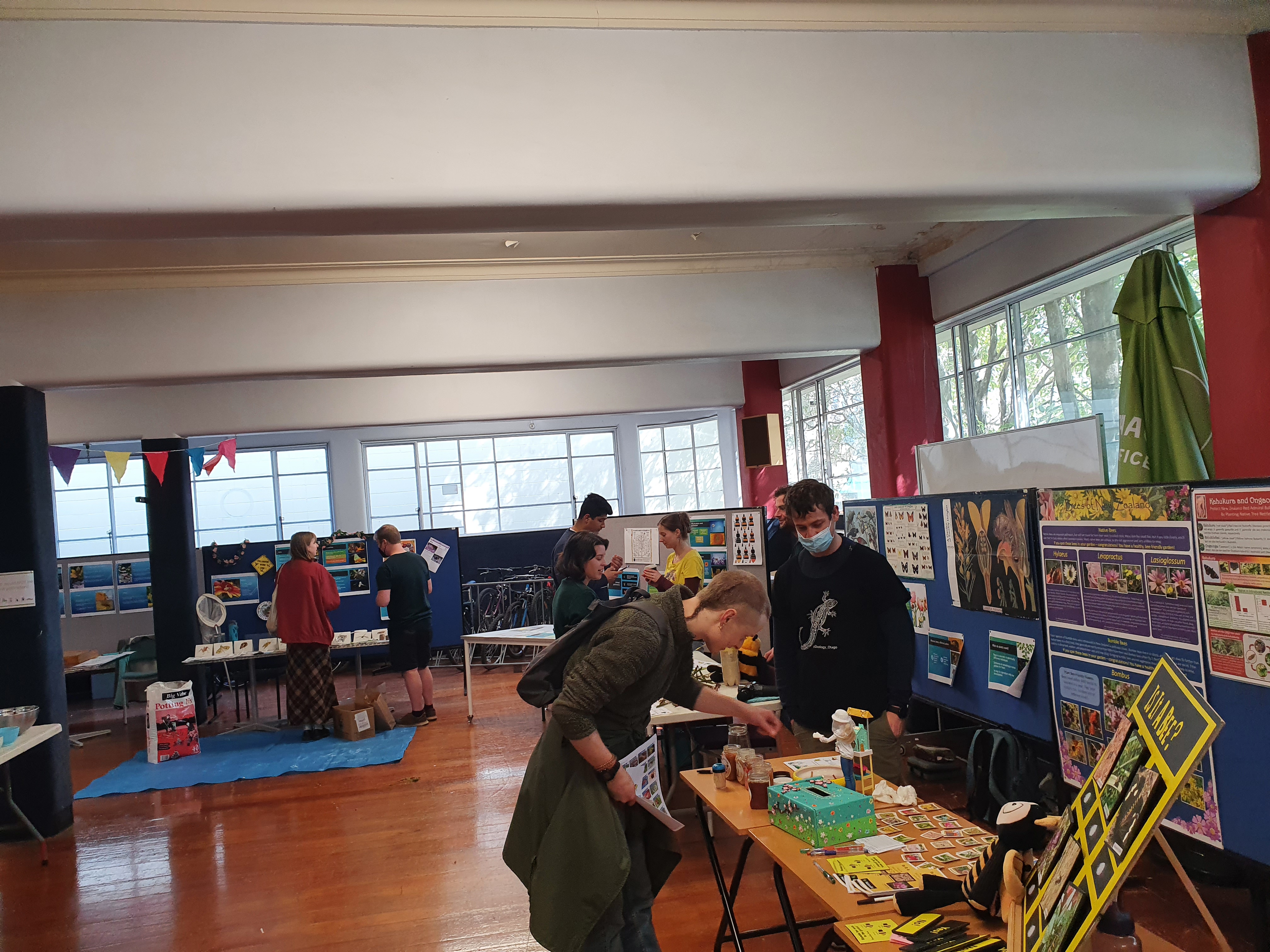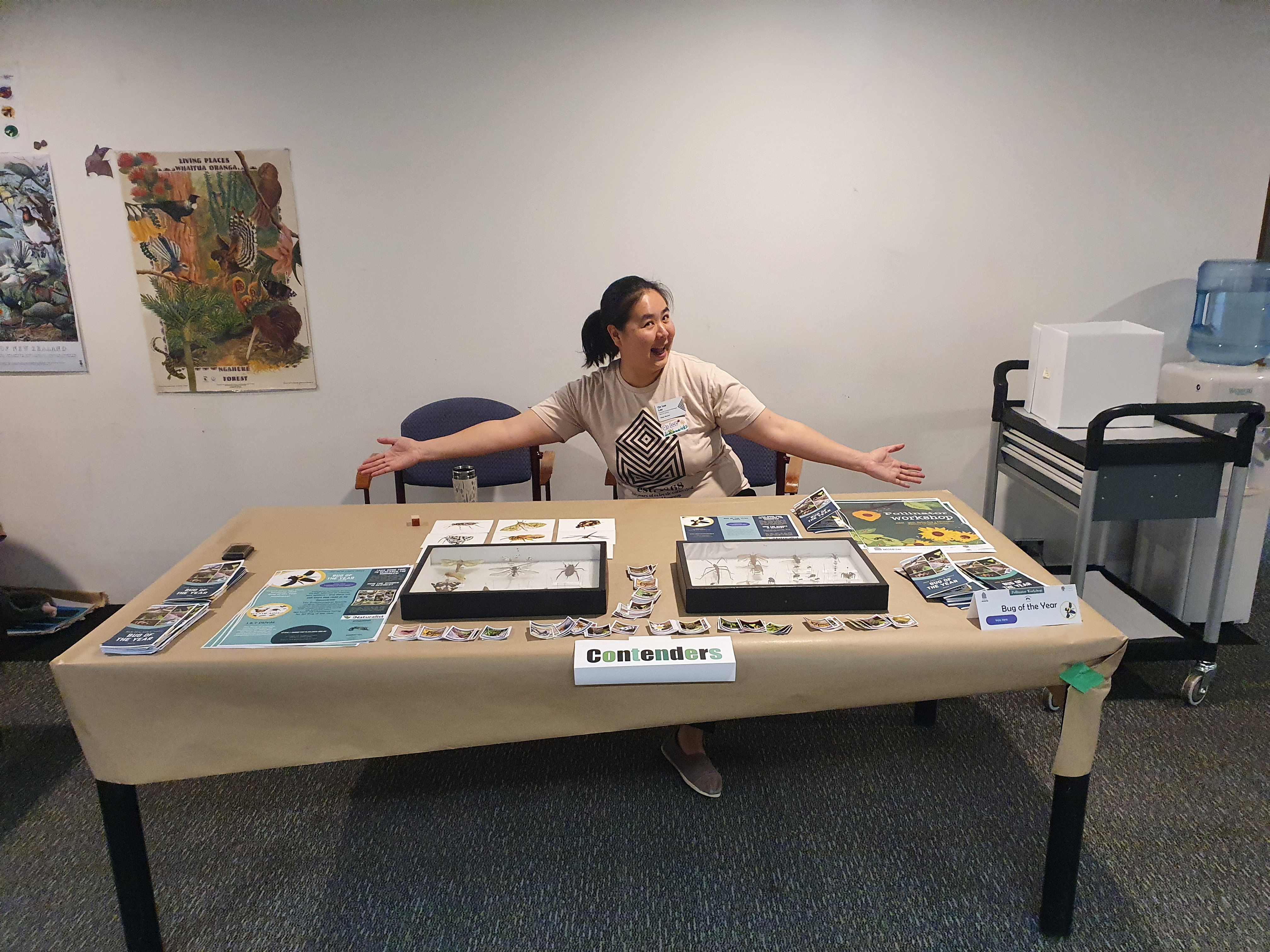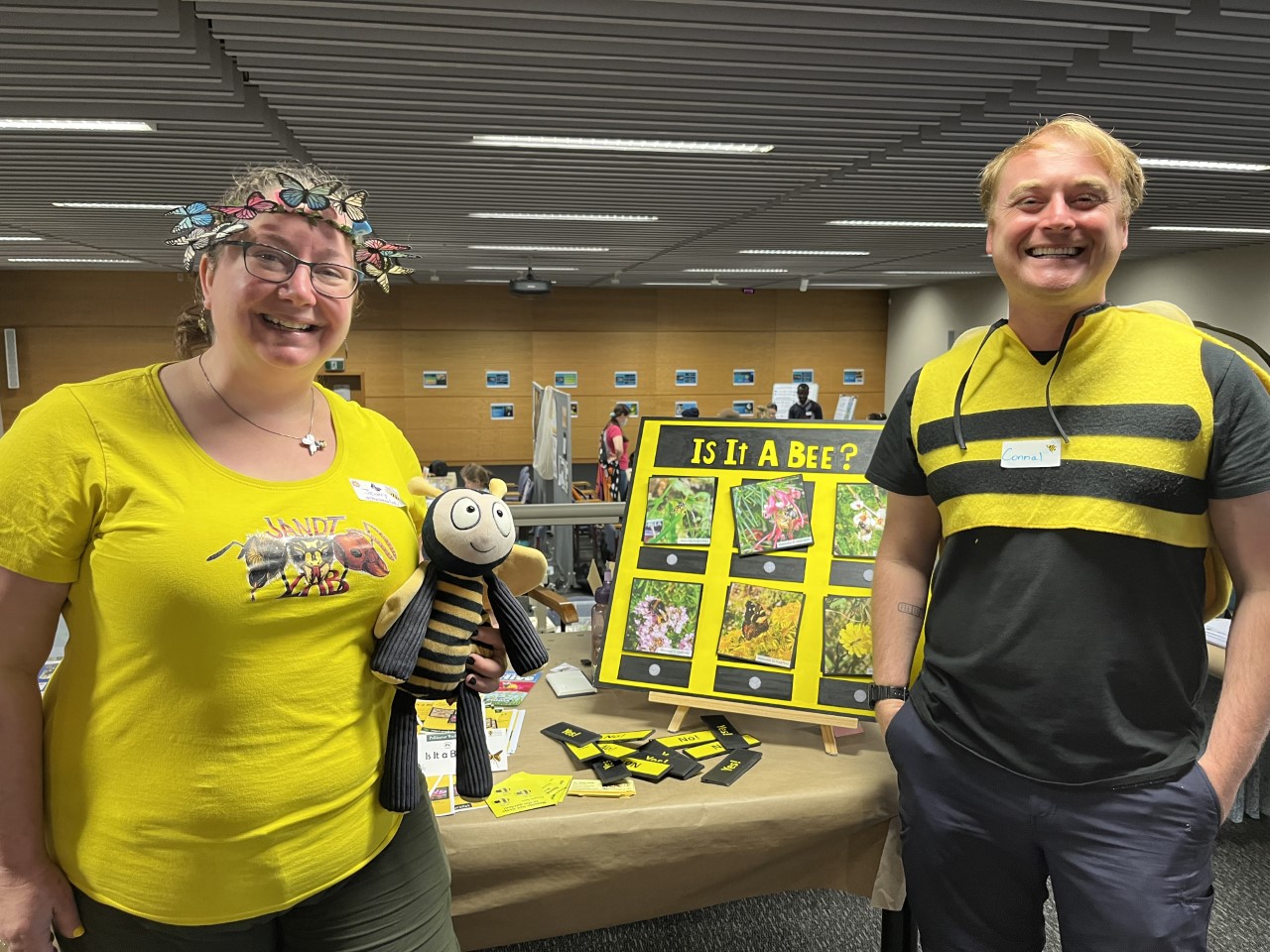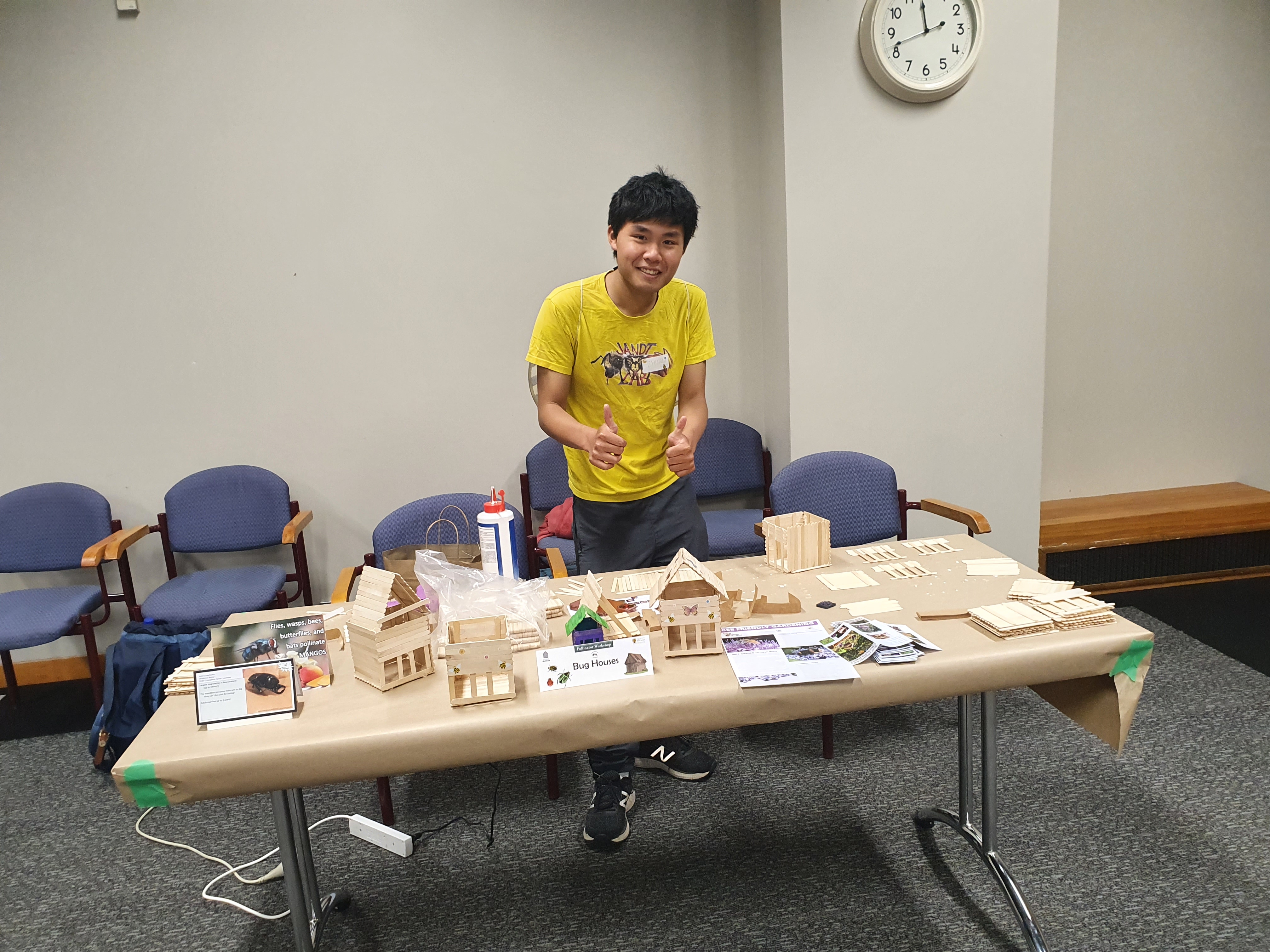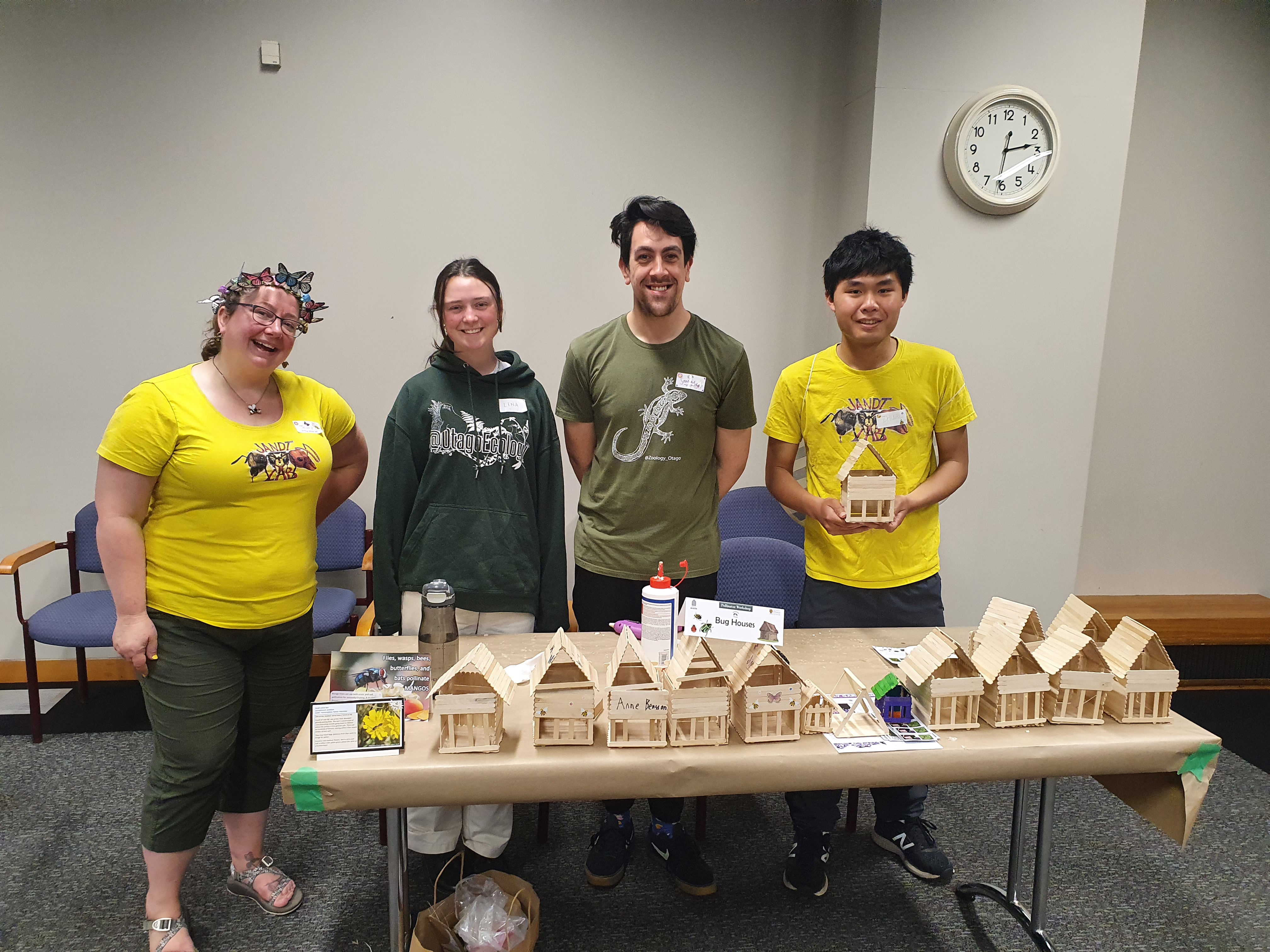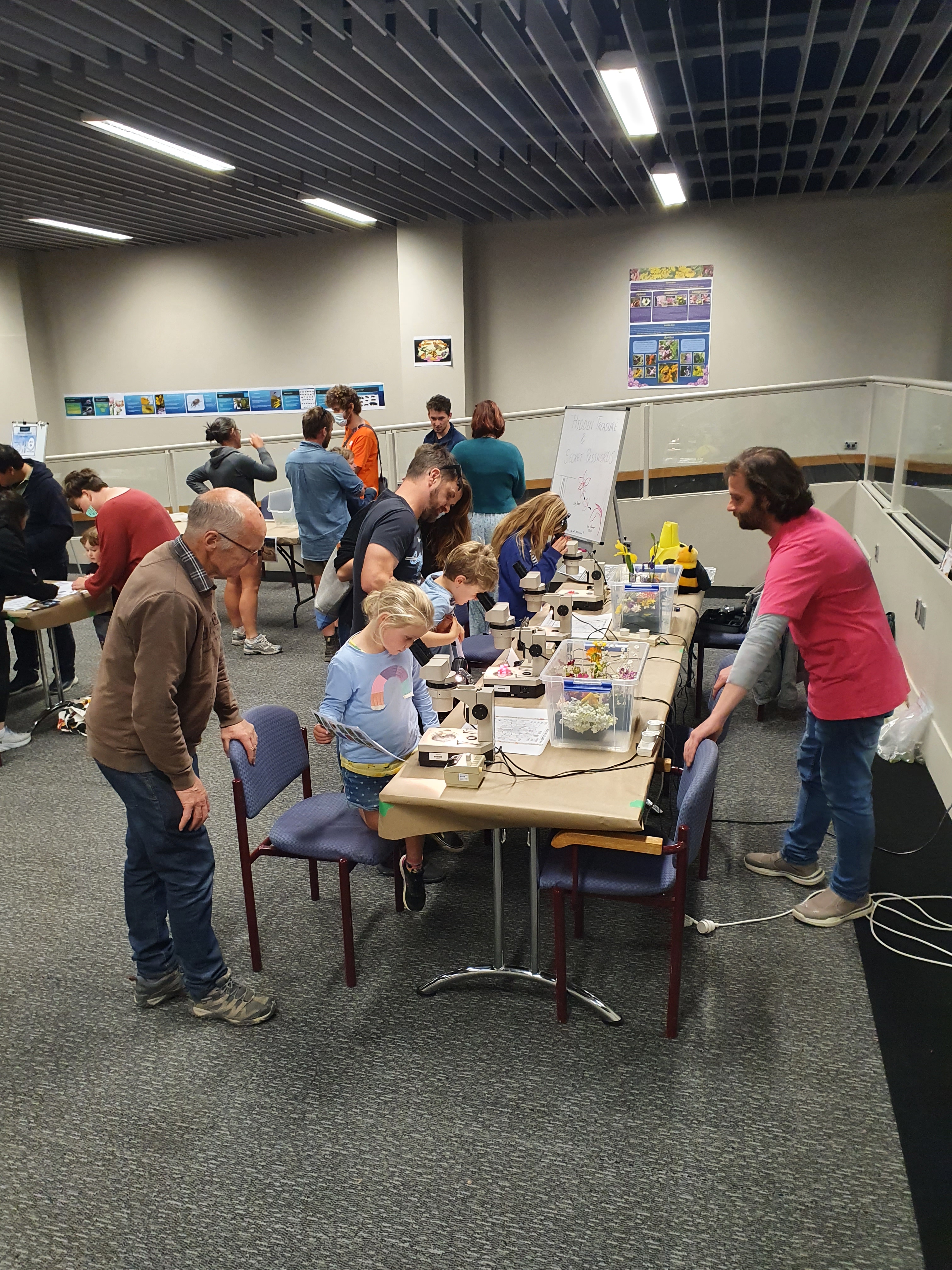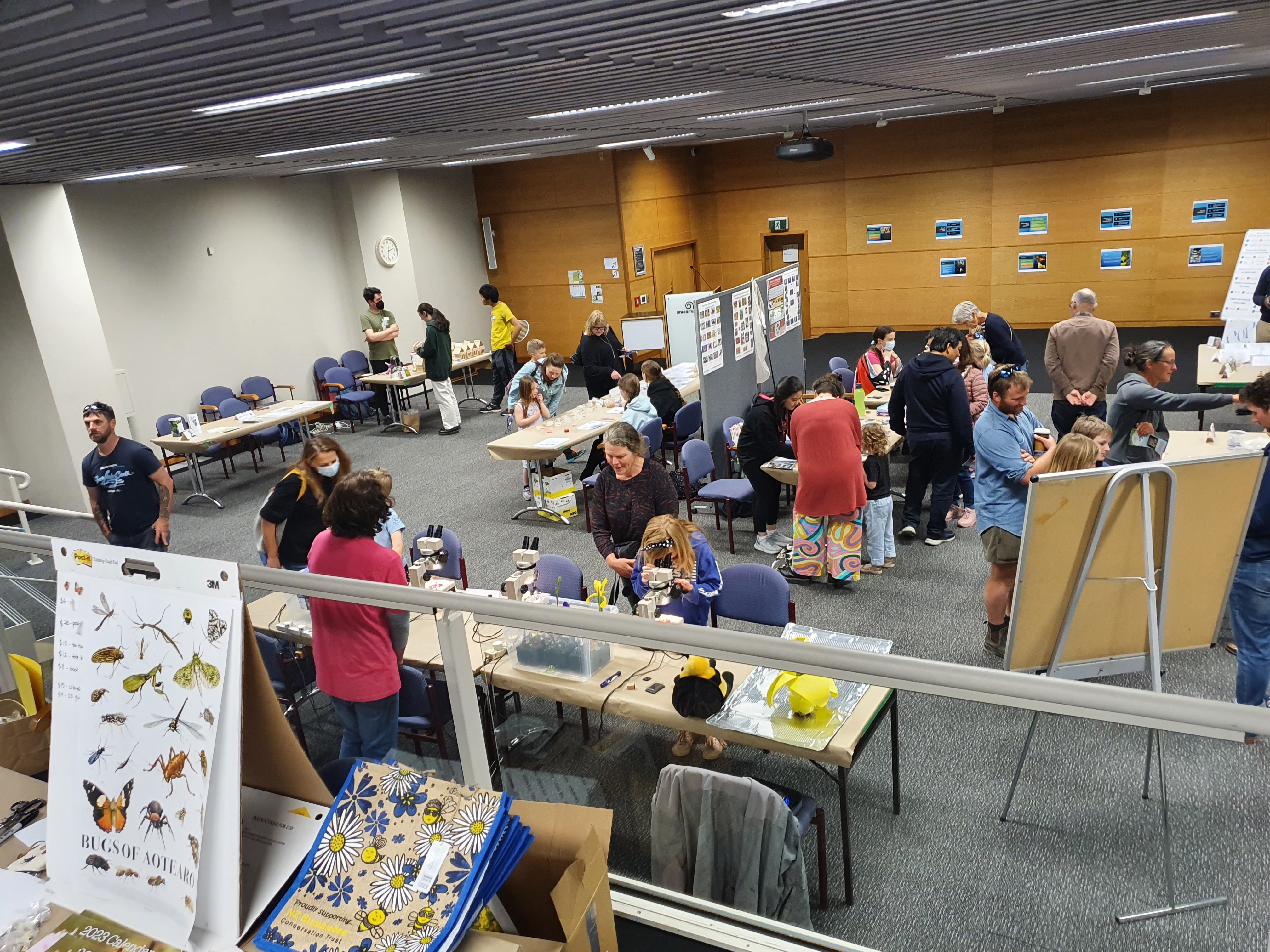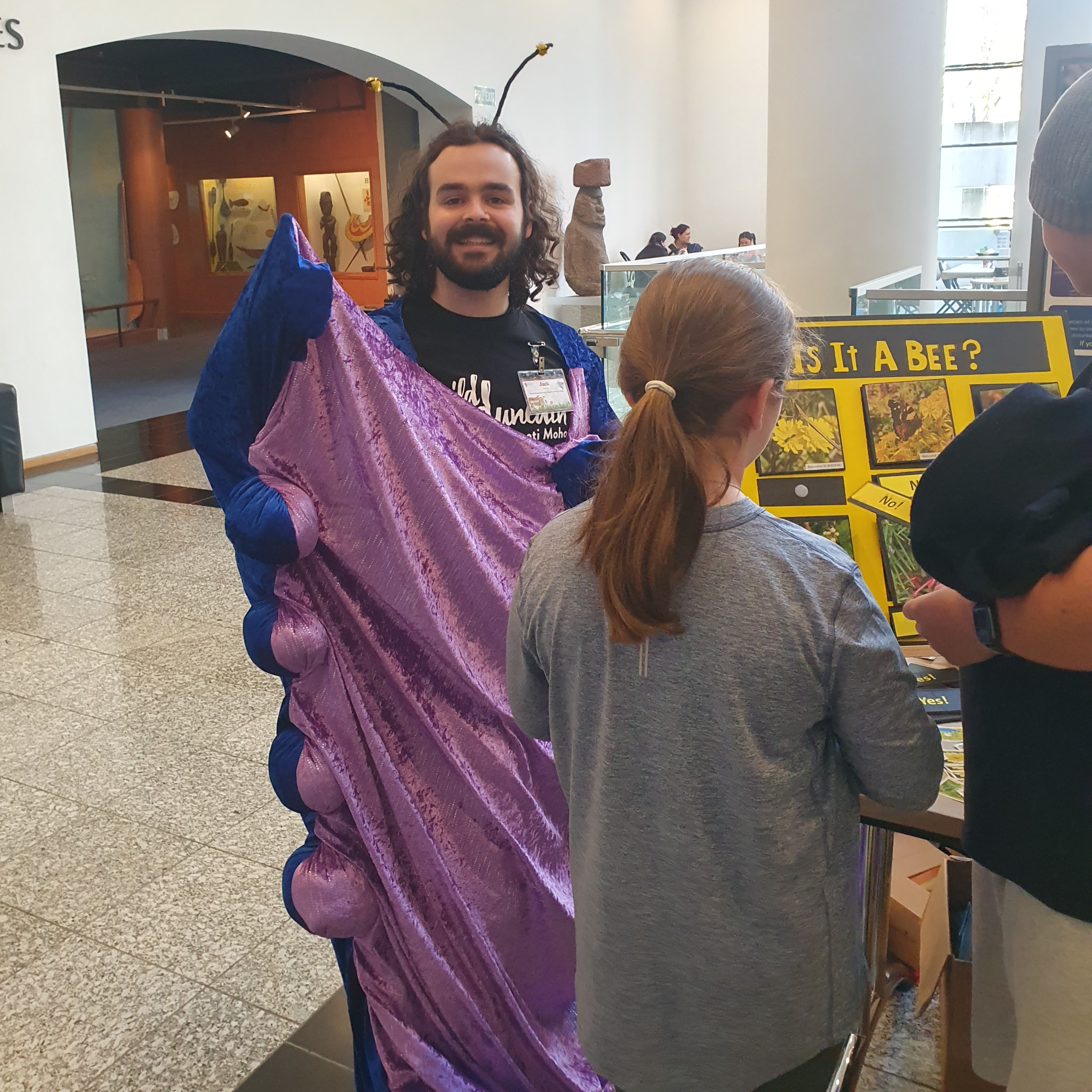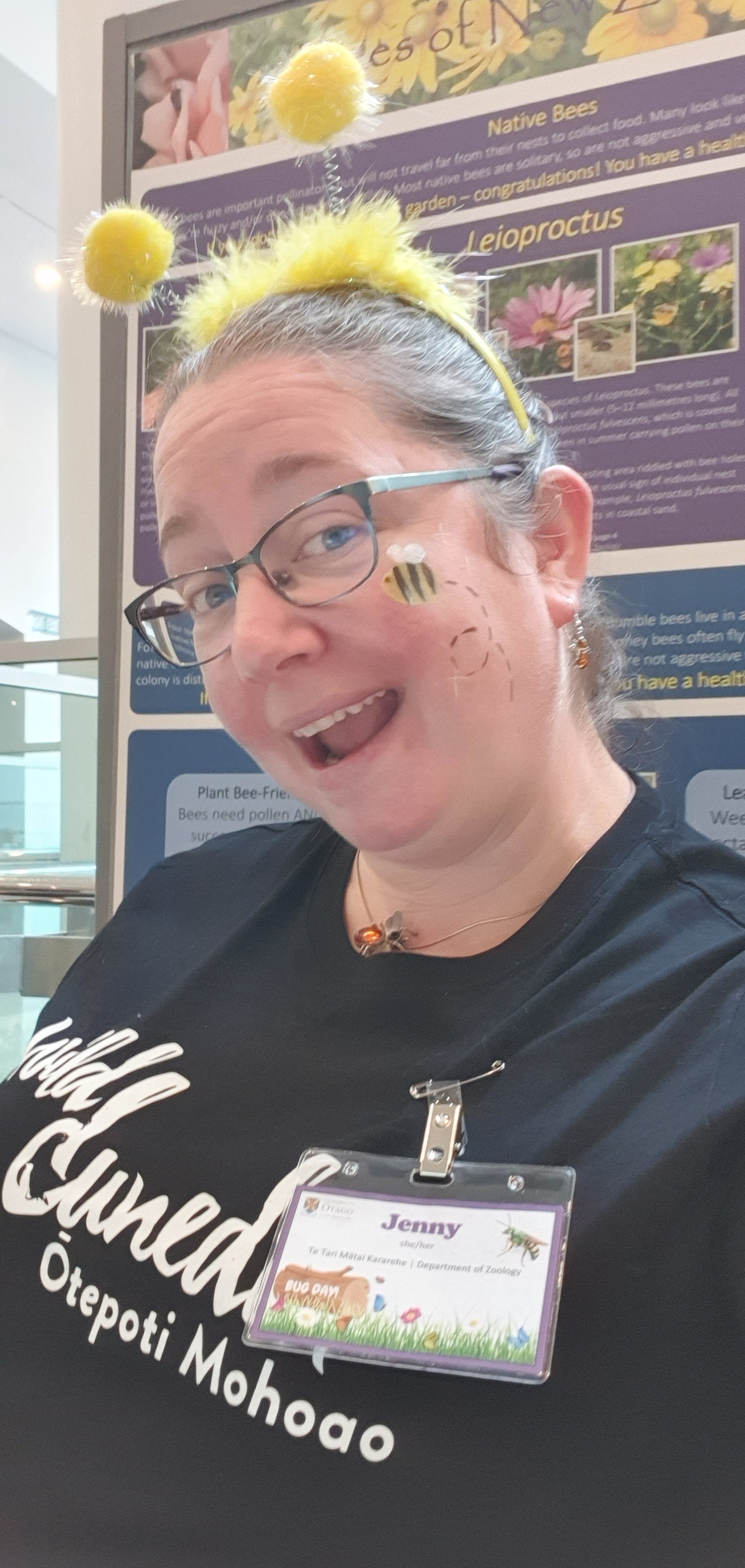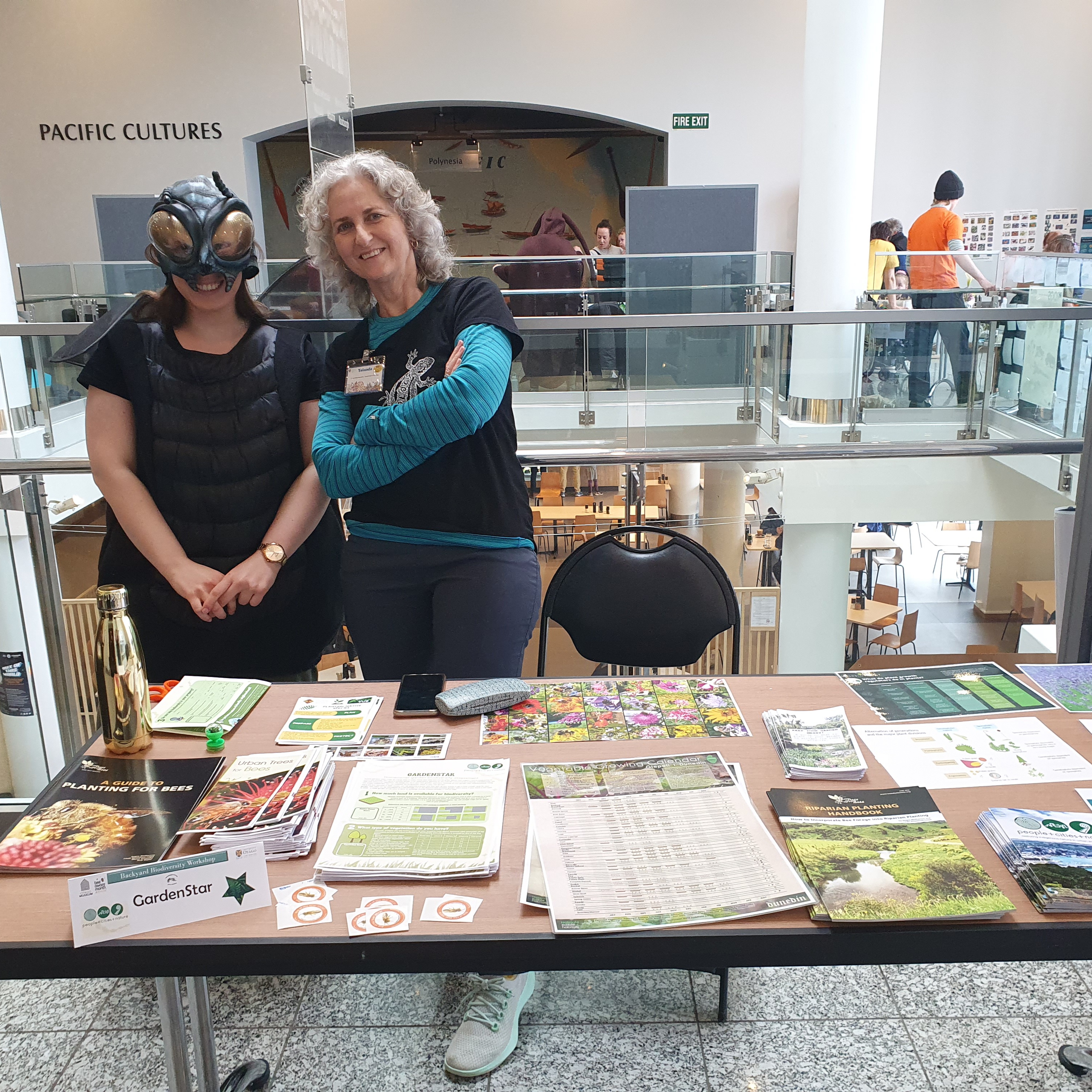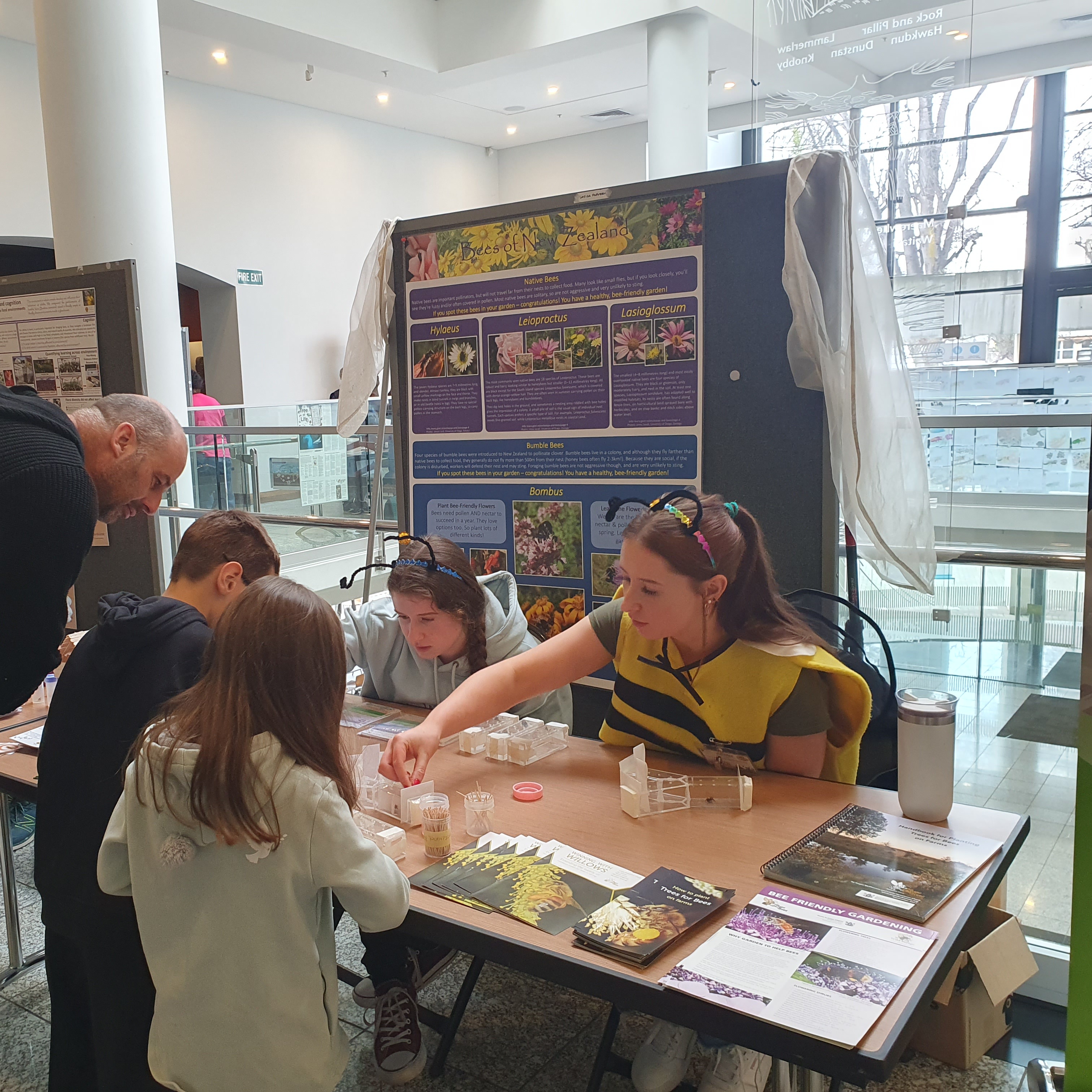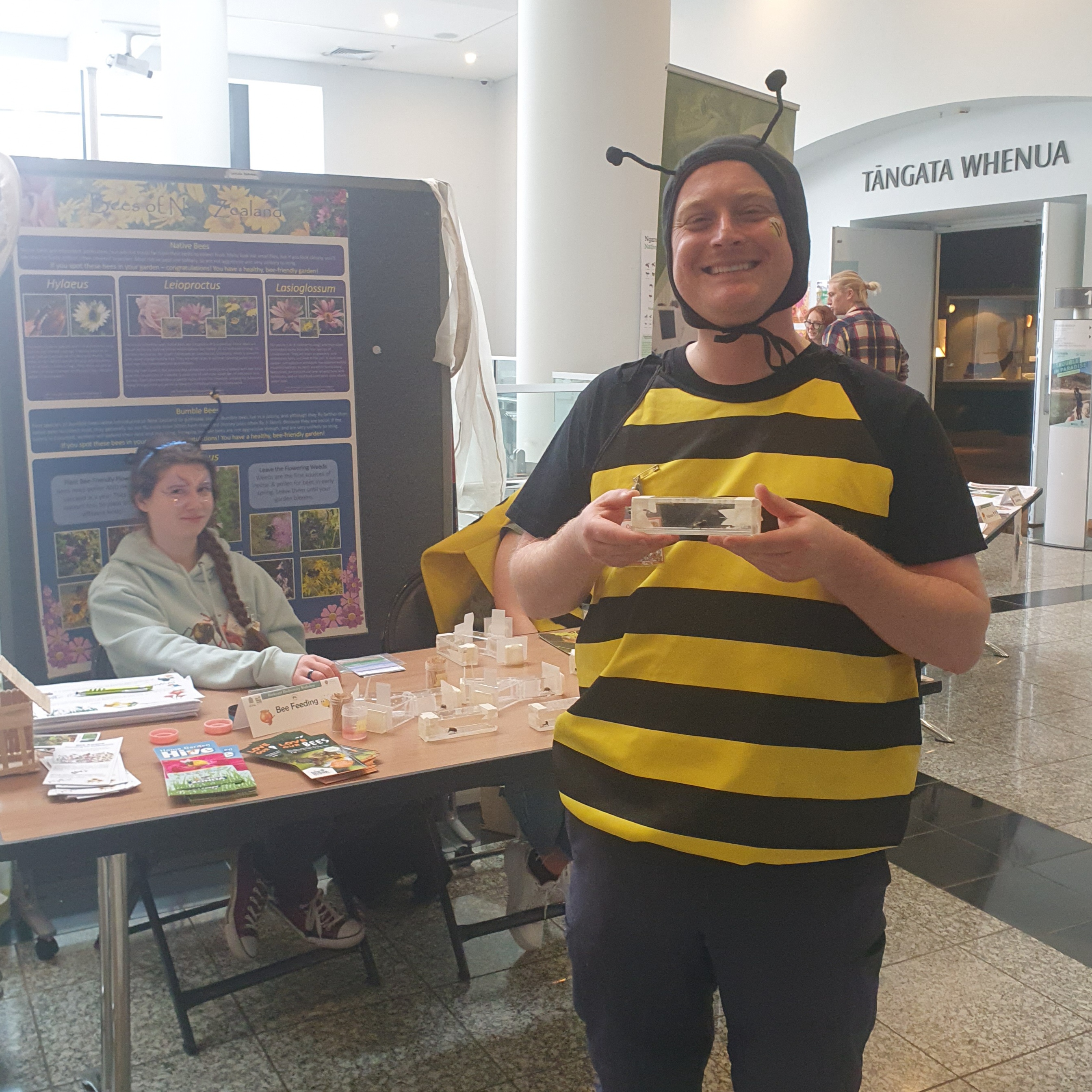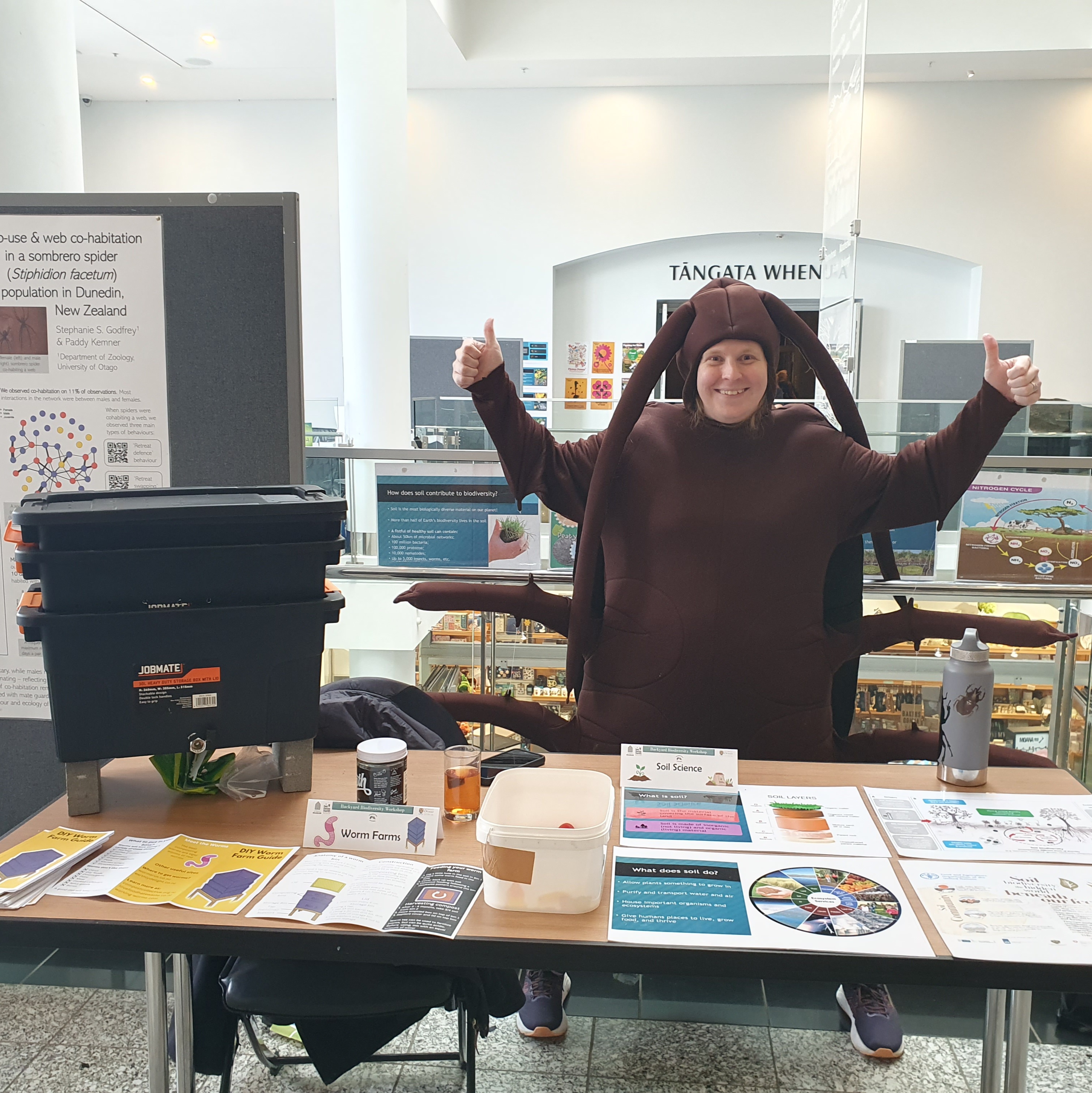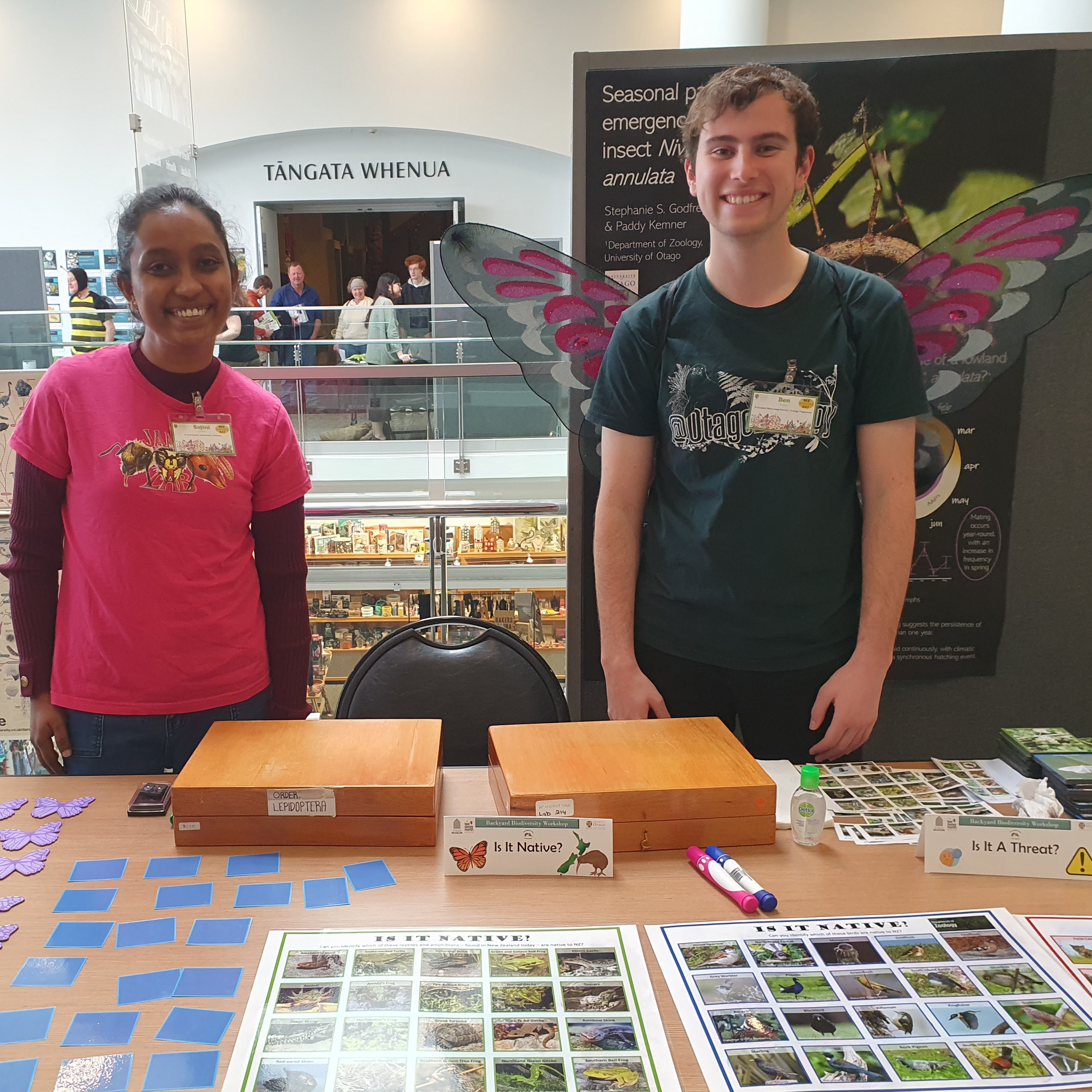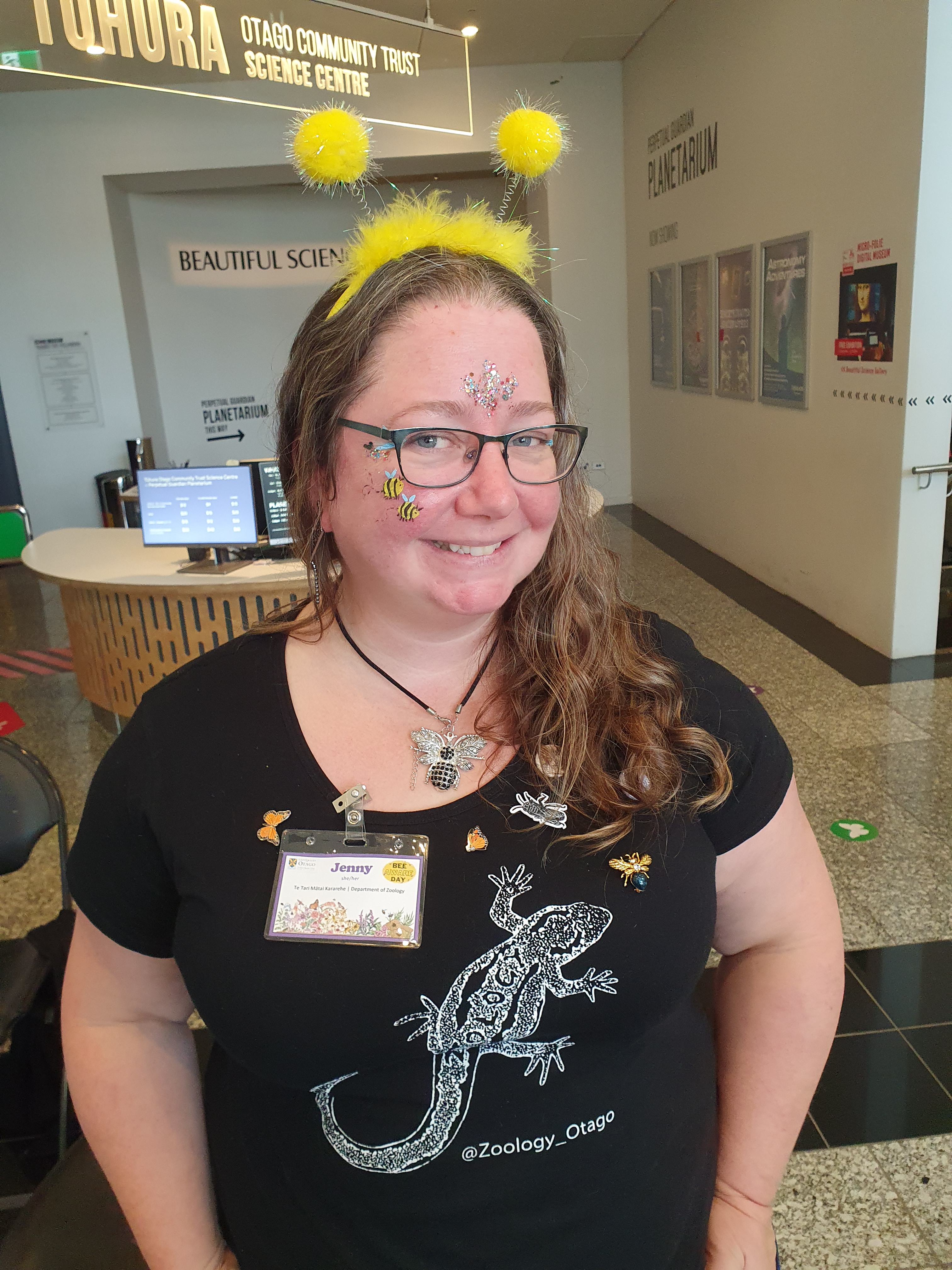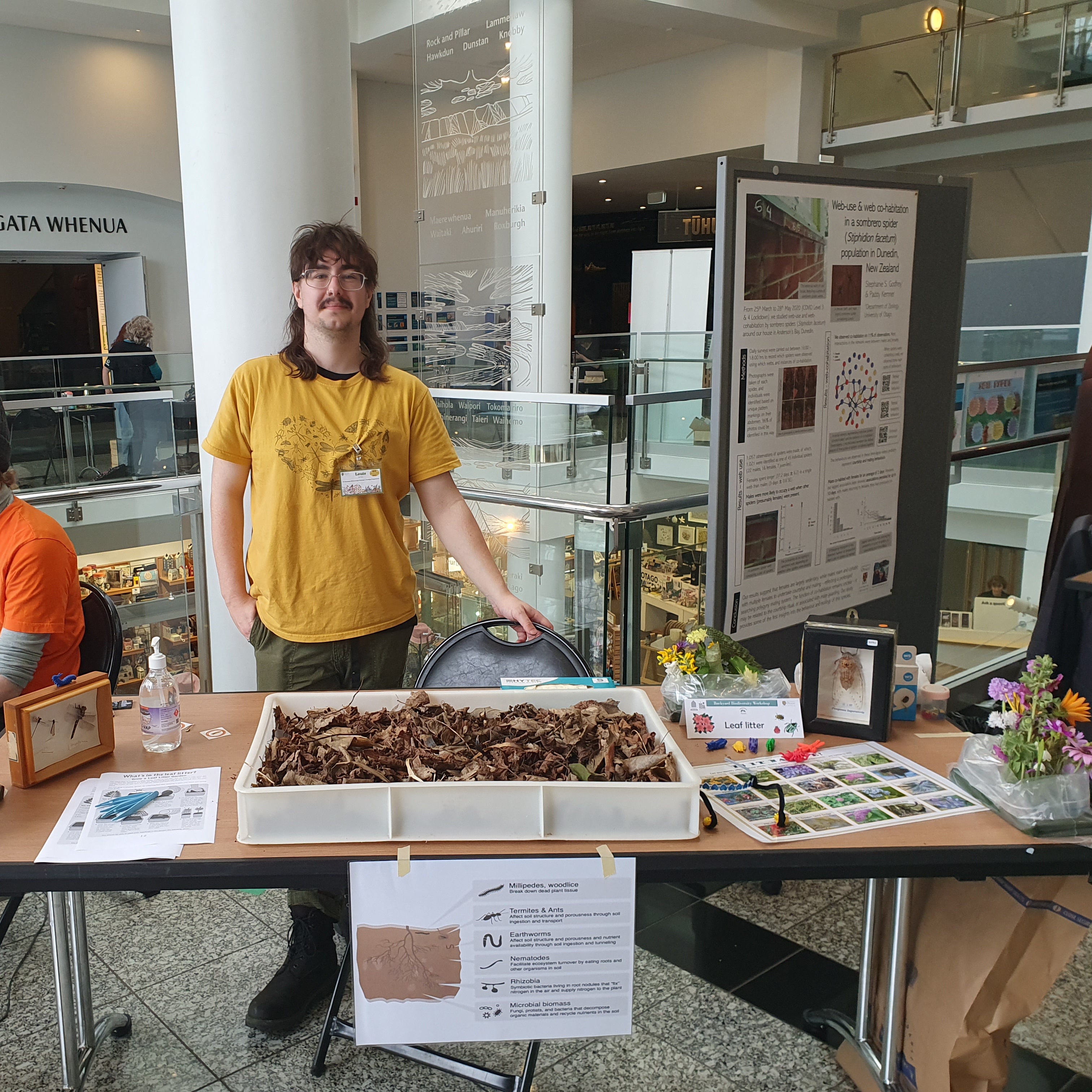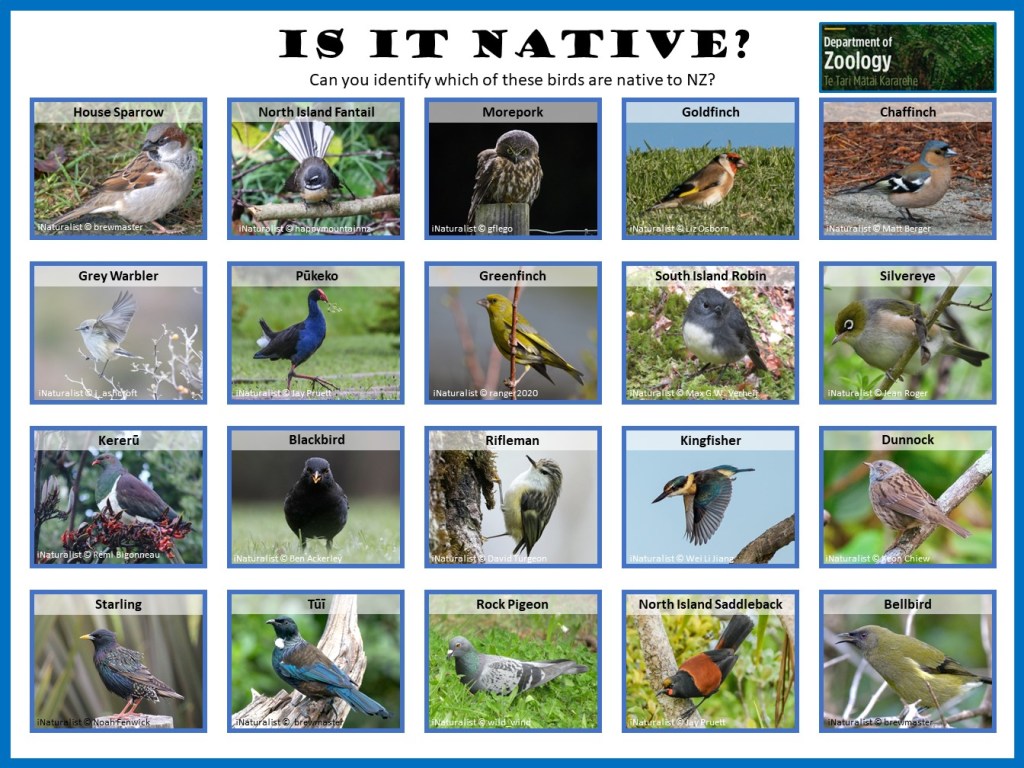Outreach and citizen science to promote ngaro huruhuru conservation
Art + Science
Can art and conversation influence conservation of ngaro huruhuru | native bees (and insects in general)?
Pam McKinlay (Otago Polytechnic) coordinates and curates Art + Science Projects. The Art+Science methodology builds depth with new and existing audiences and creates bridging opportunities with audiences outside the disciplines of the arts or sciences. In 2024, we will be running BEE Creative workshops, designed to provide a fun way to share info about bee diversity and conservation, and “Is it a Bee?” Insect Identification workshops to provide up-close looks at bees and other insects found in gardens, taking time to admire their microscopic colours and patterns.

Not all bees are honey bees or bumble bees!
Take a look at some of the “other” bees (besides honey bees and bumble bees) that you might find visiting your gardens. Solitary bees are often (but not always) smaller than social bees, and can wear a wide variety of colours. Click on the iNaturalist.nz link in the caption to learn more about where and when it was found.
“Is it a Bee?”

The “Is it a Bee?” game asks participants to determine which of six images is displaying a bee. All insects used in the images were photographed in the Otago region of NZ. We bring this interactive game to science themed outreach events, along with information on how to use iNaturalist.nz to help identify organisms that folks might come across.
Insect Identification Workshops
Insect identification workshops are designed to train participants how to differentiate bees, flies, wasps and other insects and invertebrates found in their gardens.

How to use iNaturalist.nz
We have created brochures “Is it a Bee?”, and had them translated into Māori, Fijian, and Samoan (Tongan versions will be available soon) to help guide people on how to use iNaturalist.nz, and to encourage people to upload observations they might find of bees and other pollinating insects. For our research, we use the data from iNaturalist.nz to get a clearer understanding of bee species distributions throughout NZ, times of year that different species are active, and what types of floral resources they are most commonly found feeding on.


Outreach Activities
Check out some more of the outreach activities that have been organized by various students and whanau of the Jandt Lab.
The first Pollinator Workshop with AAPES and Slow Food Youth Otago.
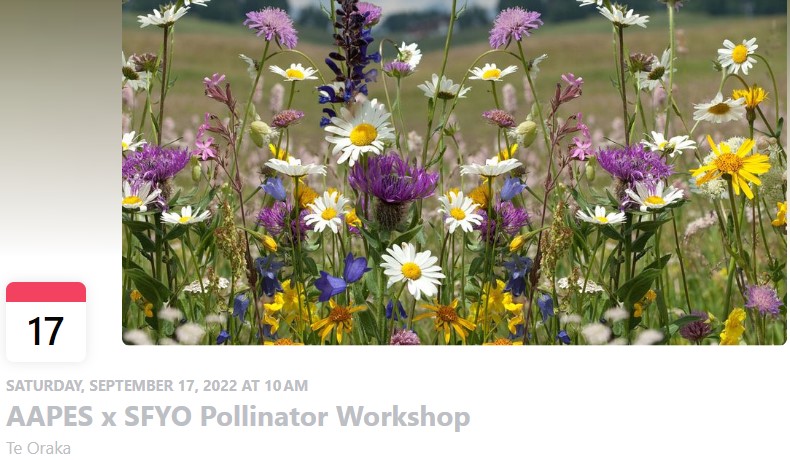
Pollinator Workshop 2.0 at Tūhura Otago Museum.
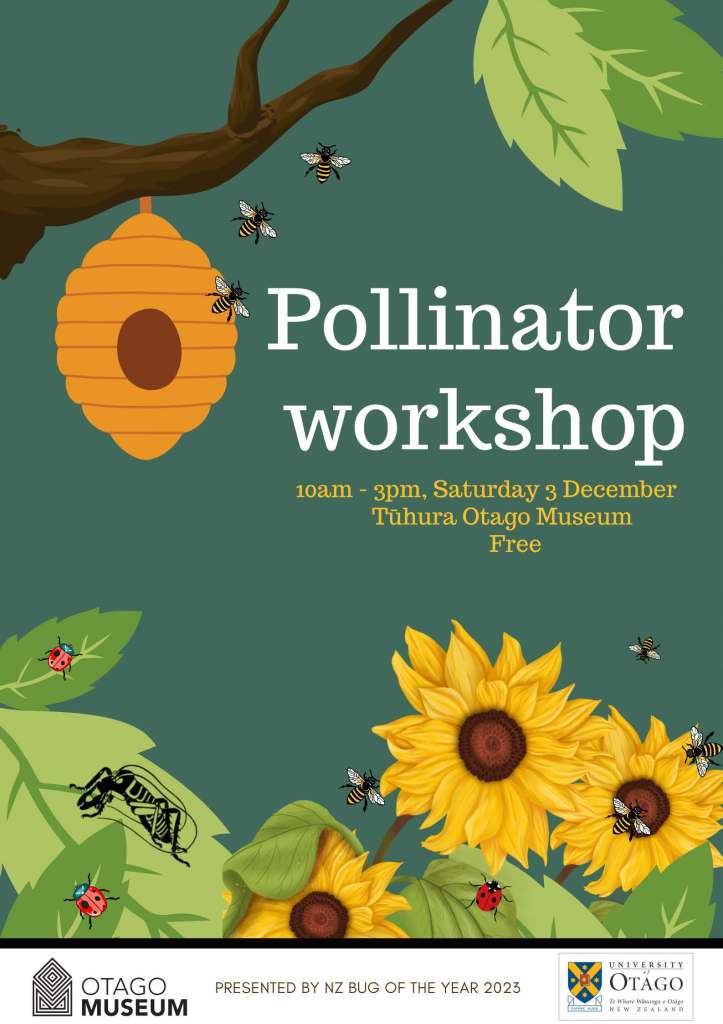
Bug Day at Tūhura Otago Museum.
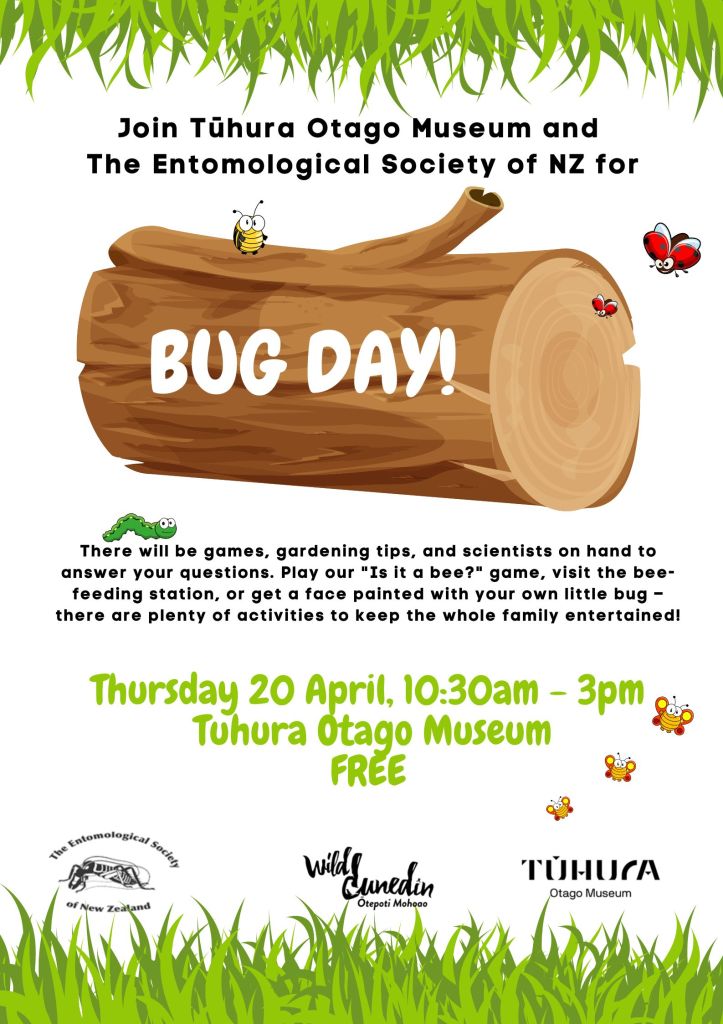
BEE Aware Day at Tūhura Otago Museum.
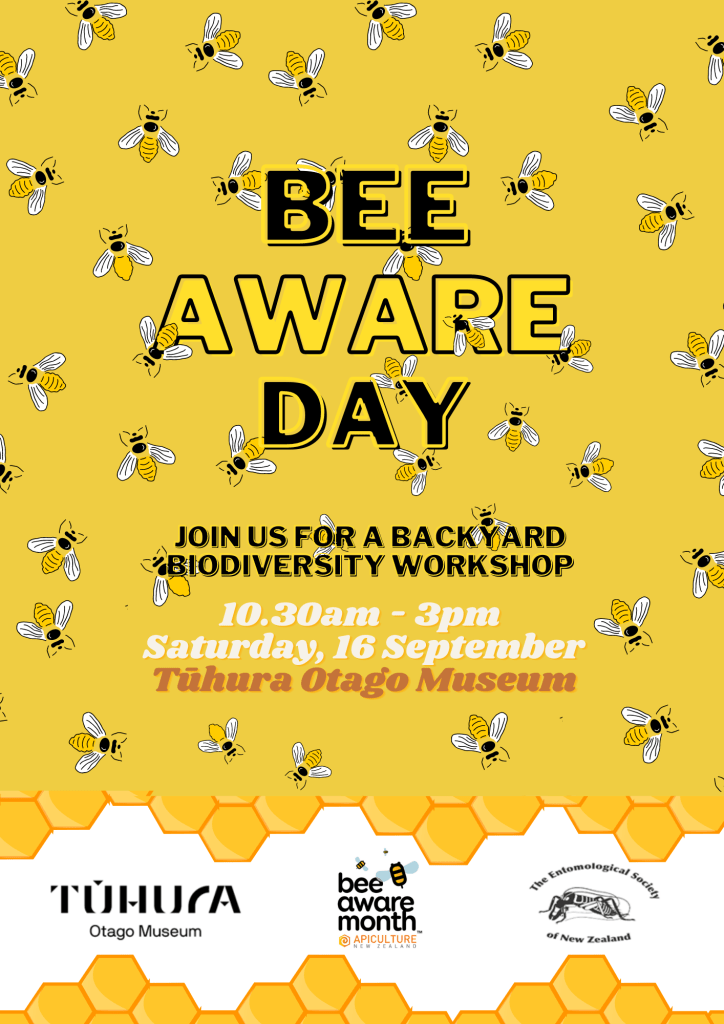
Other Resources
Feel free to download our brochures, posters, and games we’ve created to use and distribute at your own events.
Planting for Pollinators (primary author – Connal McLean)

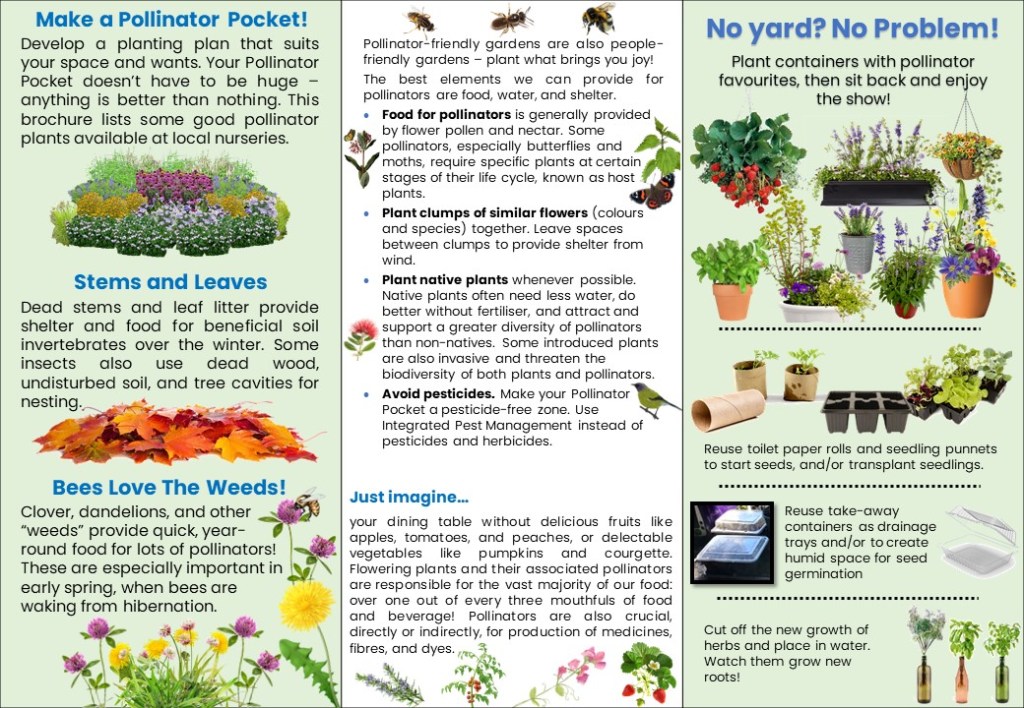
DIY Worm Farm Guide (primary author – Luna Grey)
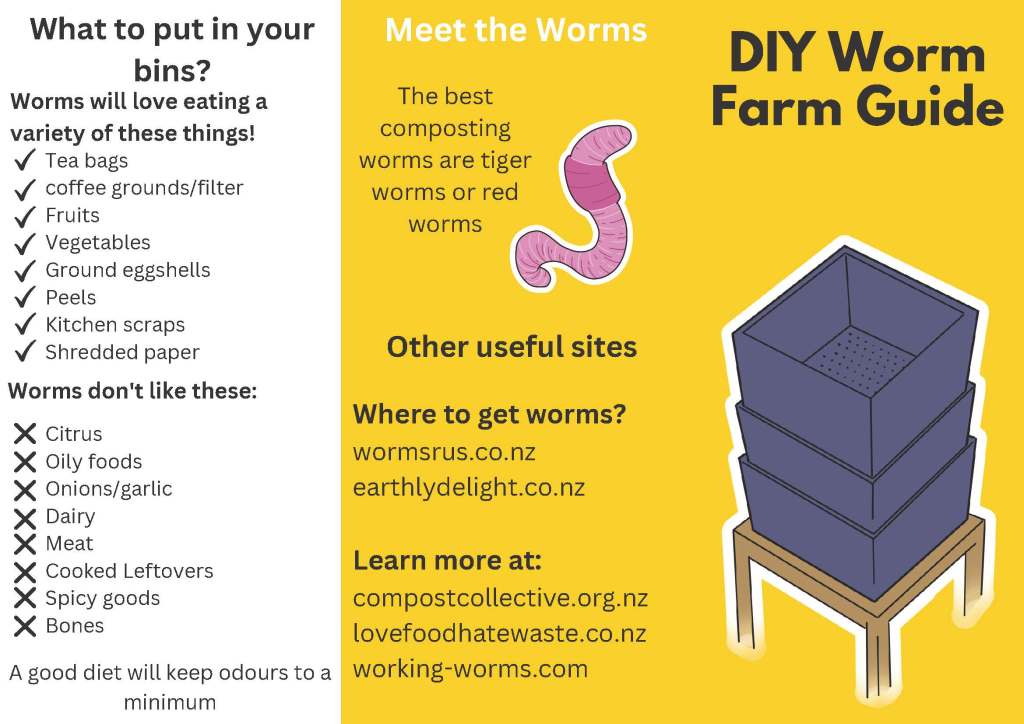
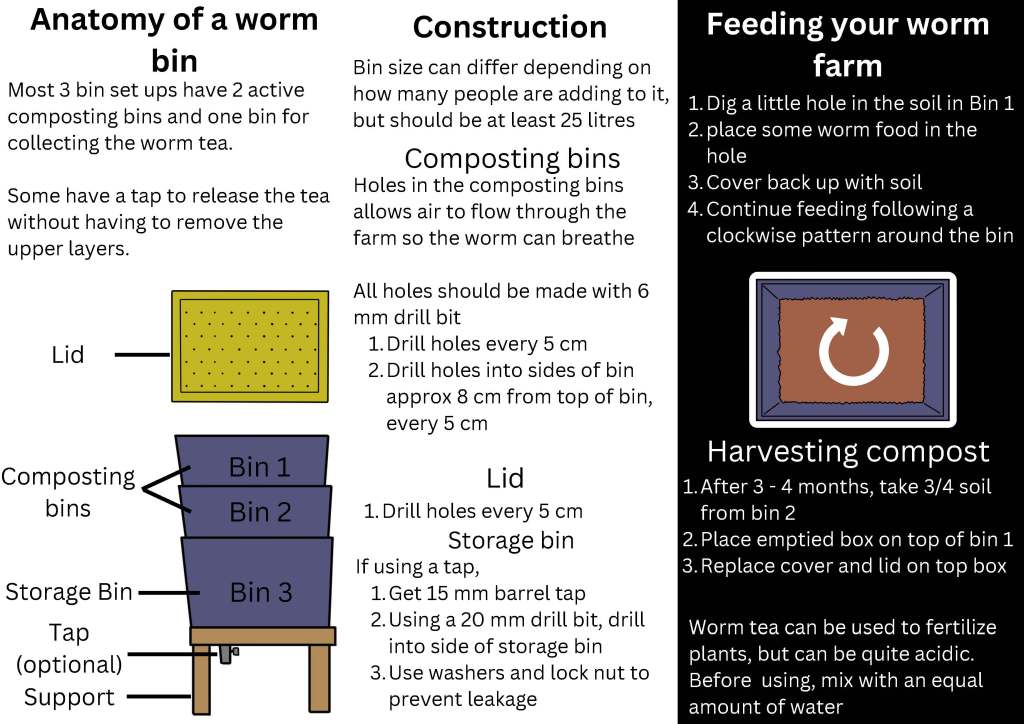
Bug House (primary author – Jenny Jandt)
note that the pdf is designed to fit two on each sheet
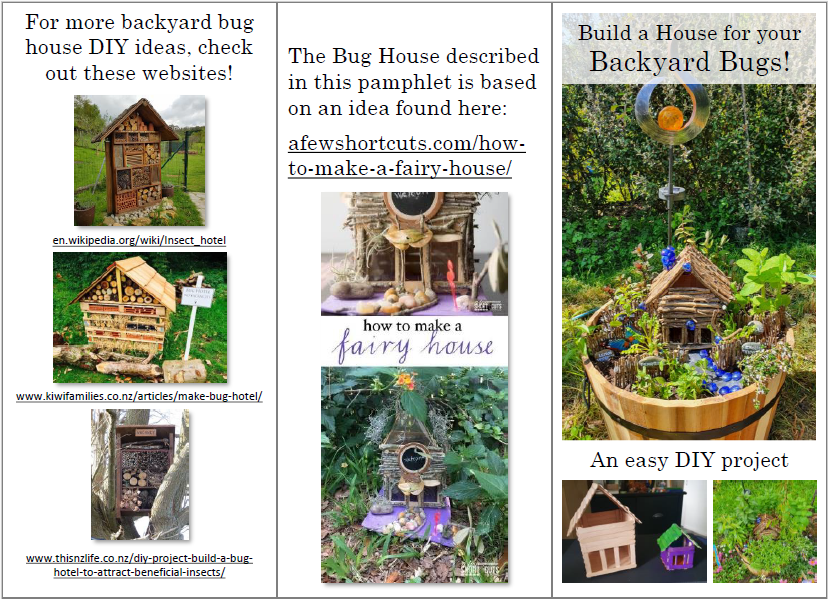
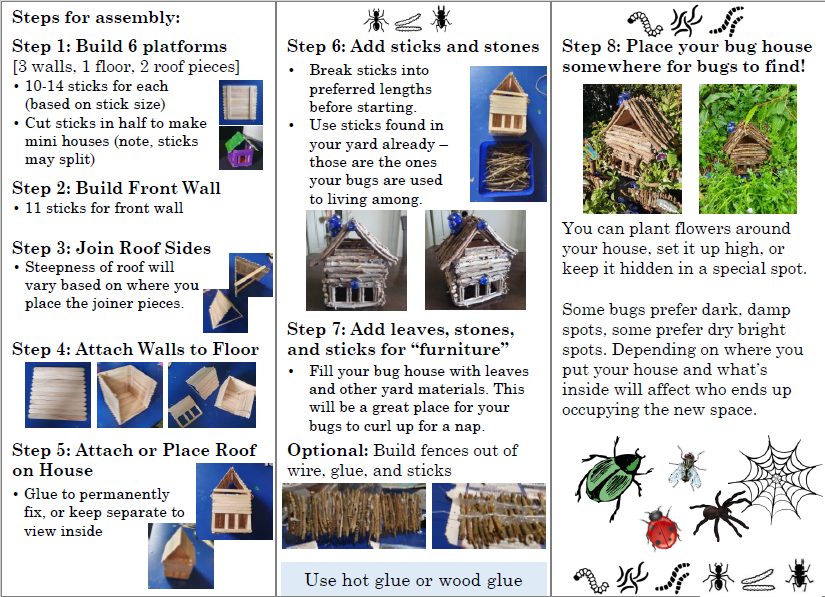
Kahukura and Ongaonga information poster (primary author – Greer Sanger)
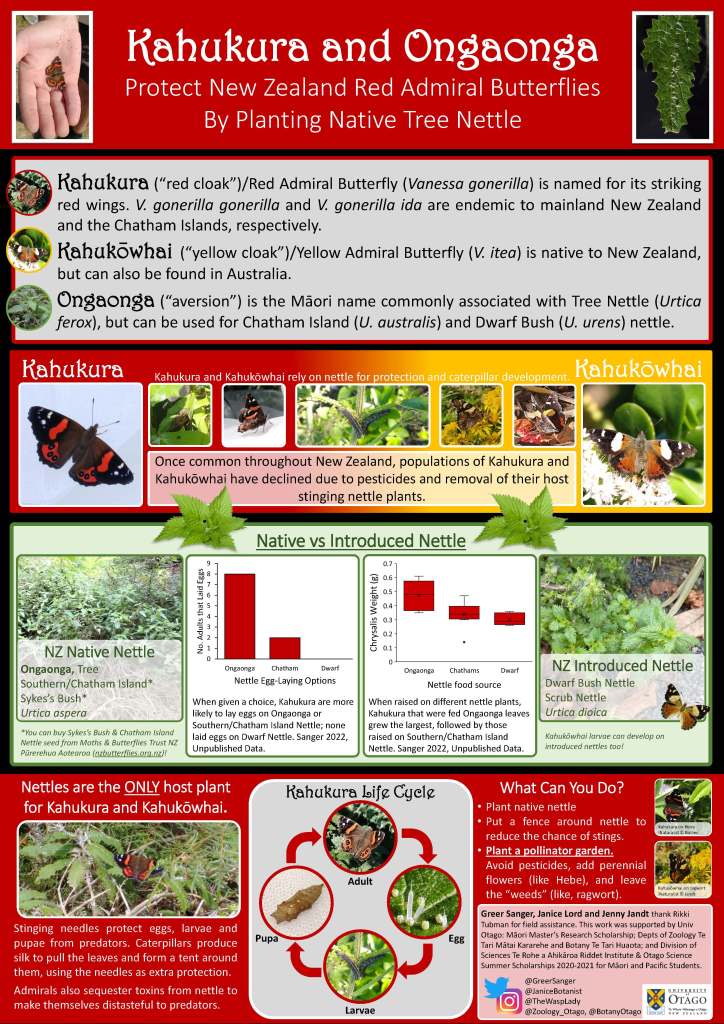
Match the native butterfly or moth to its host plant
Print and cut out the squares. Paste the purple (butterfly), blue (moth) or green (plant) to the front of a foam or solid board, and paste the corresponding purple, blue, or green to the back of the board. There are 16 game pieces total – you can decide whether to play with just butterflies, just moths, or challenge yourselves with both mixed together. The pdf includes the answer key.
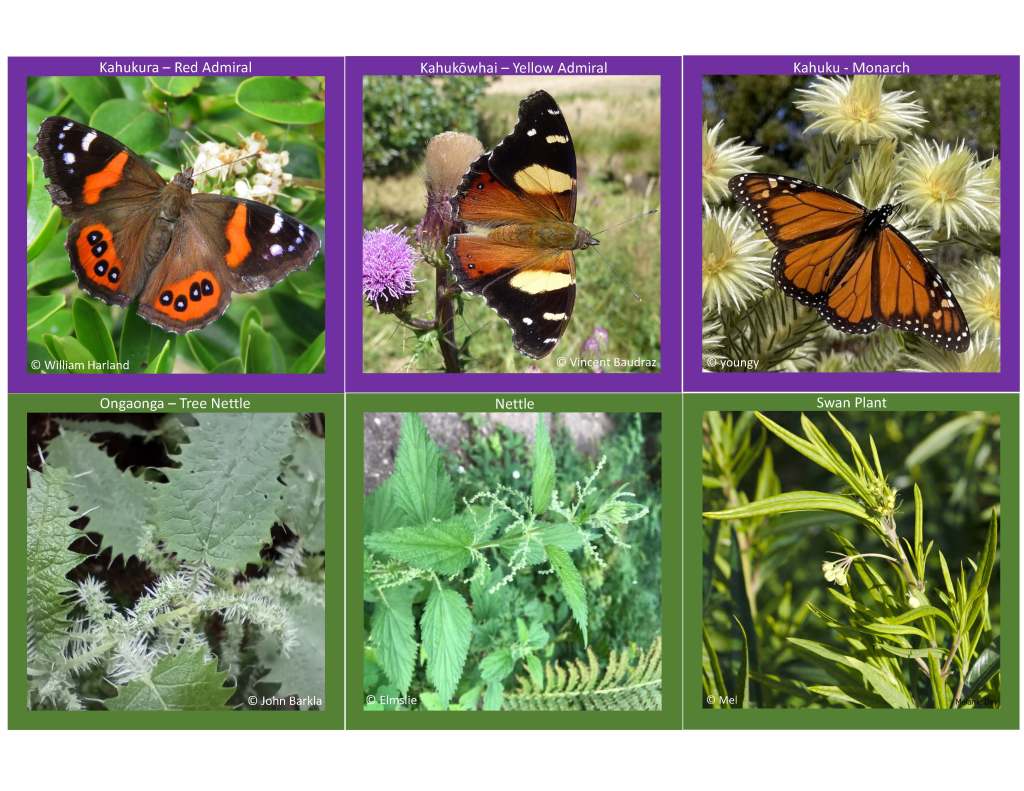

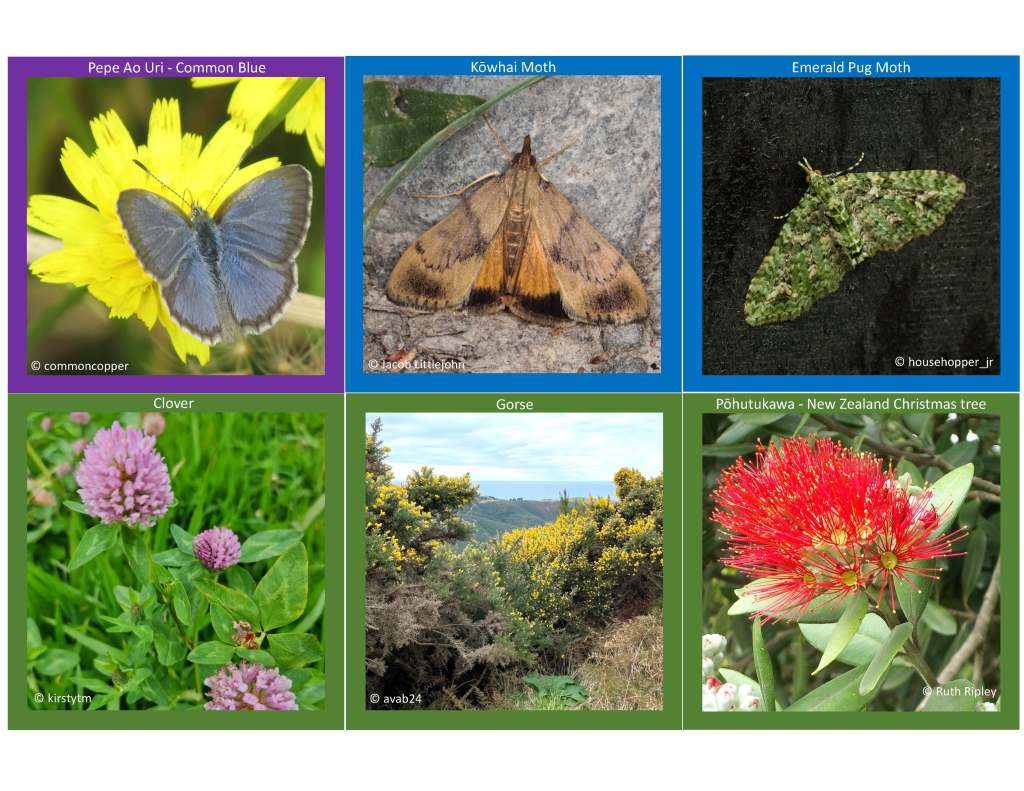
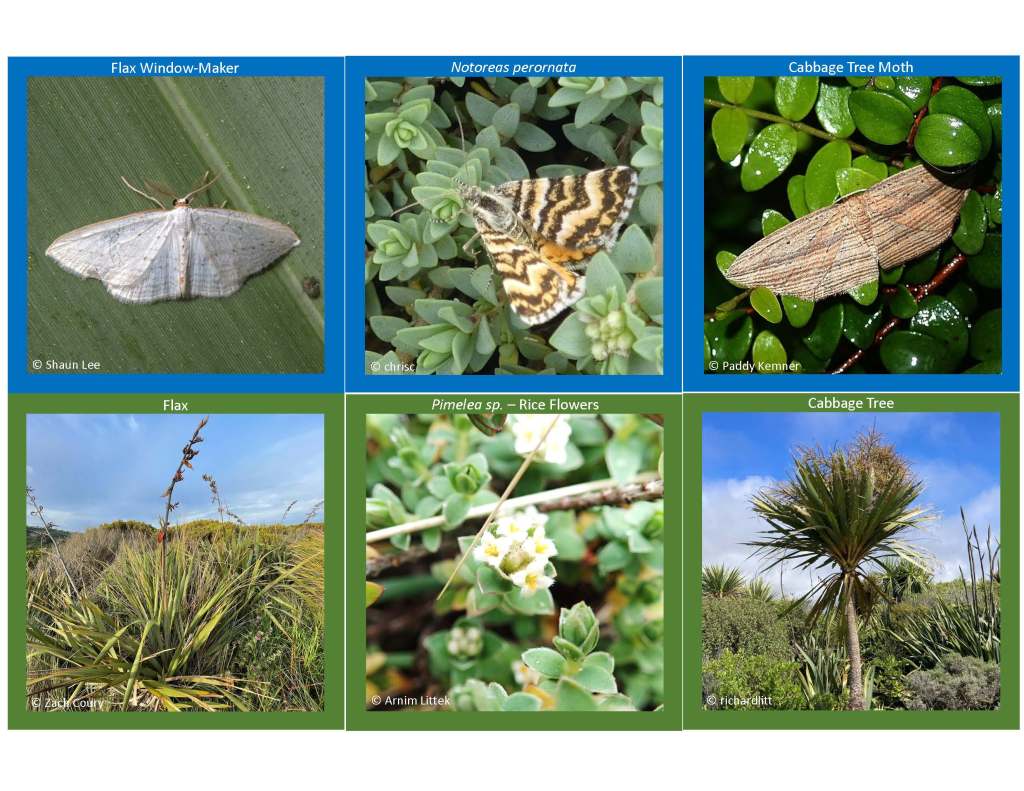


Is it Native?
We created a series of outreach activities to challenge folks on whether the bees, birds, reptiles/amphibians, and plants they might see are native or introduced to Aotearoa | New Zealand. The game + answer keys are available in the downloadable pdf.
